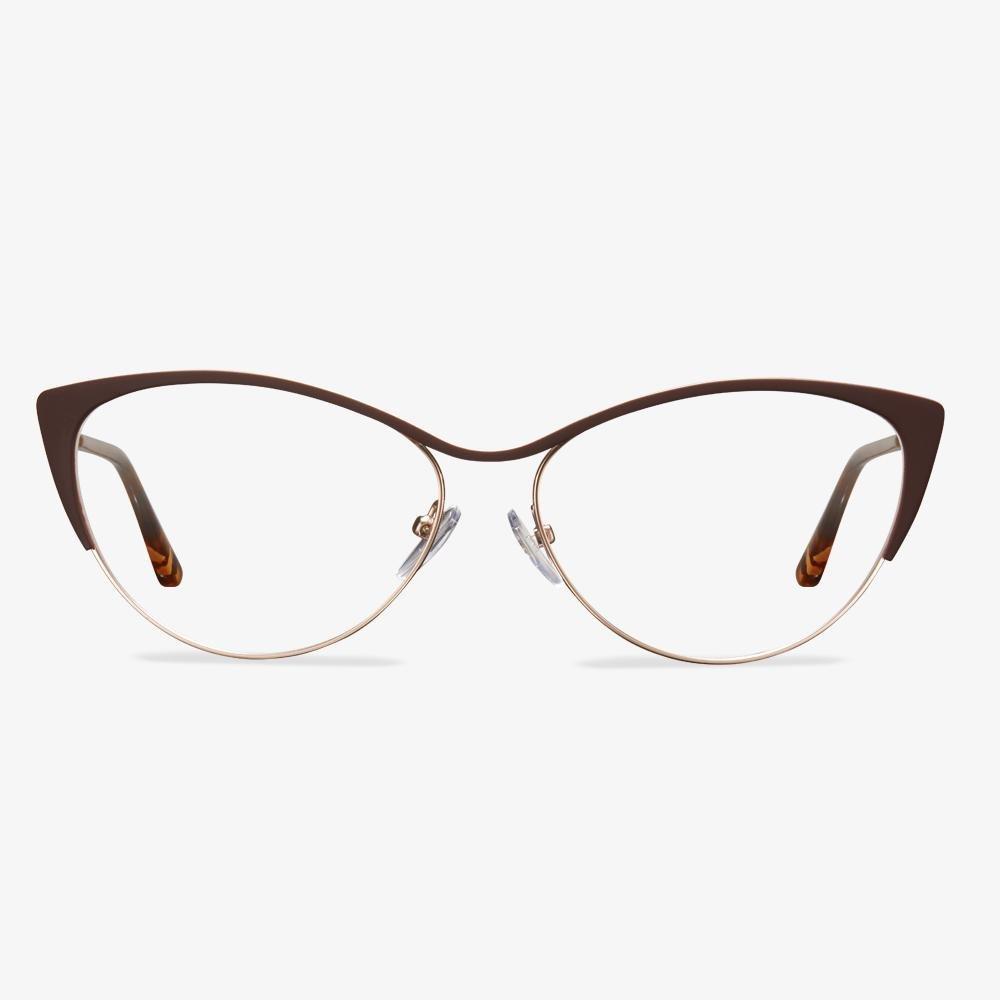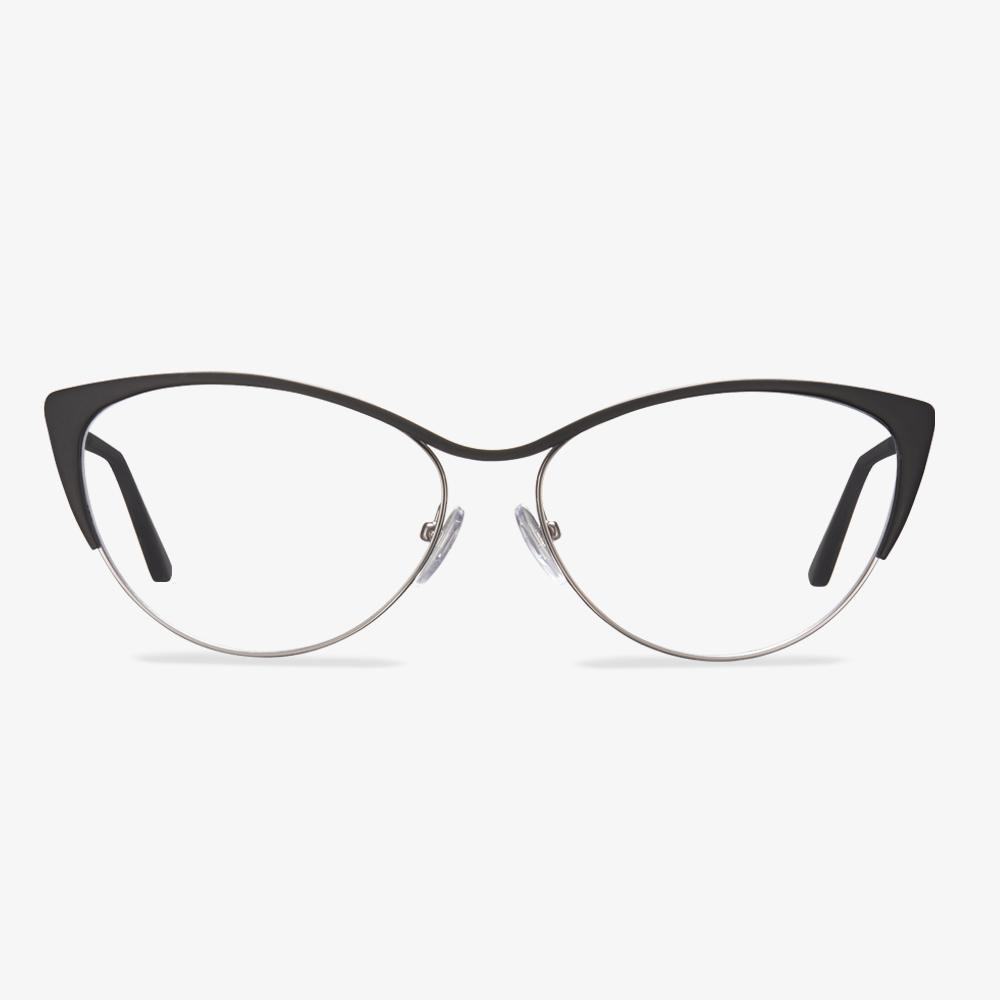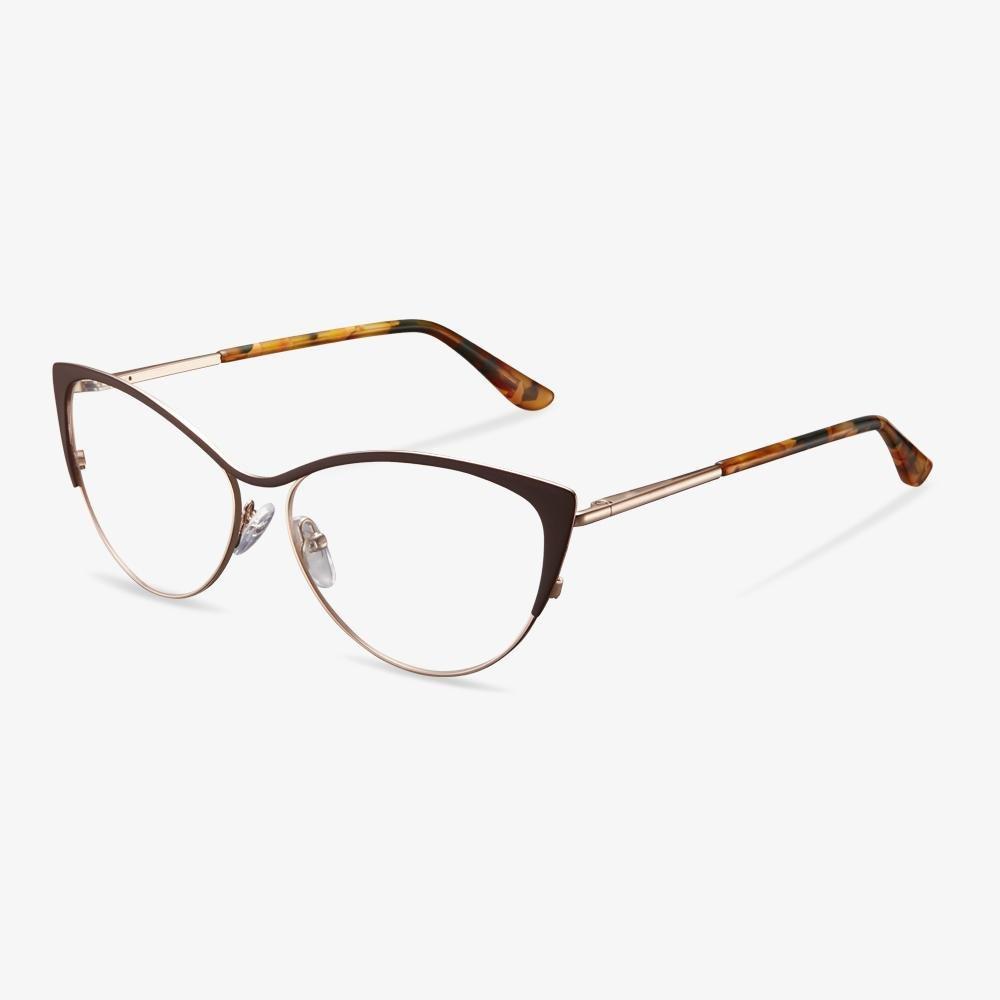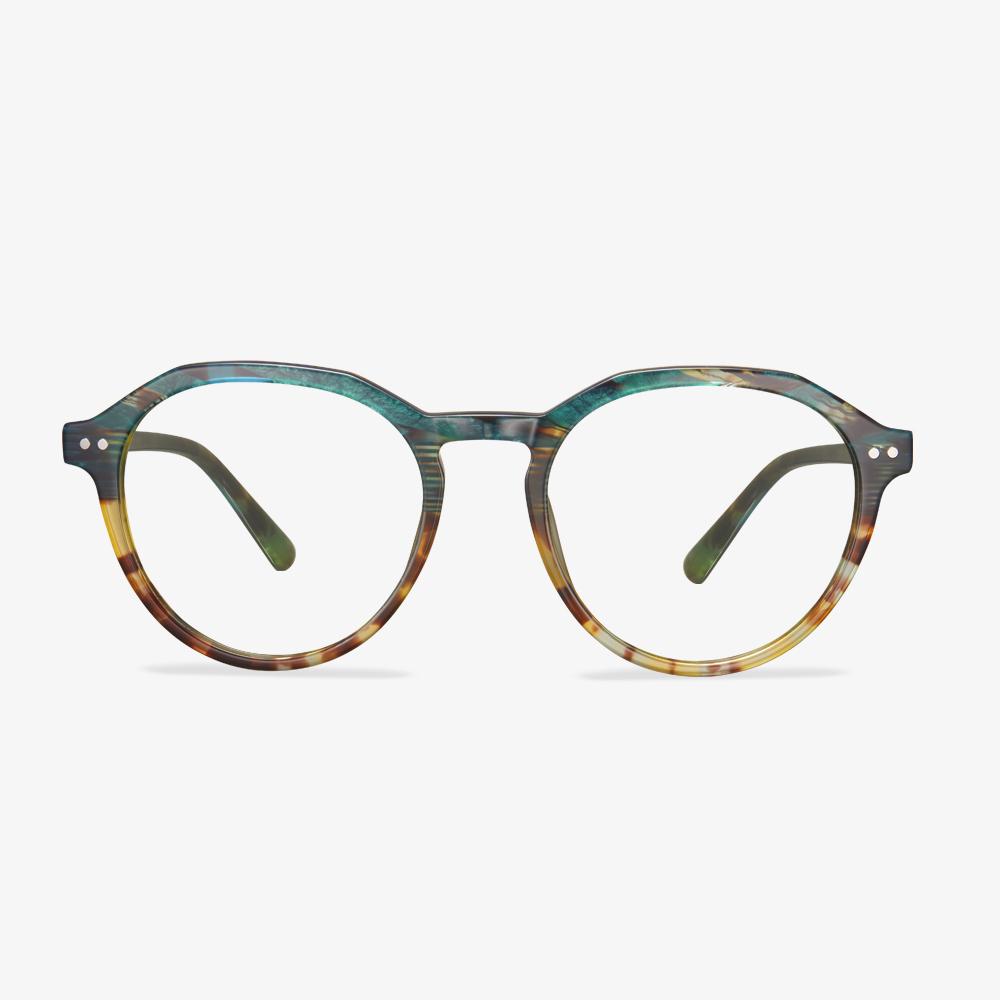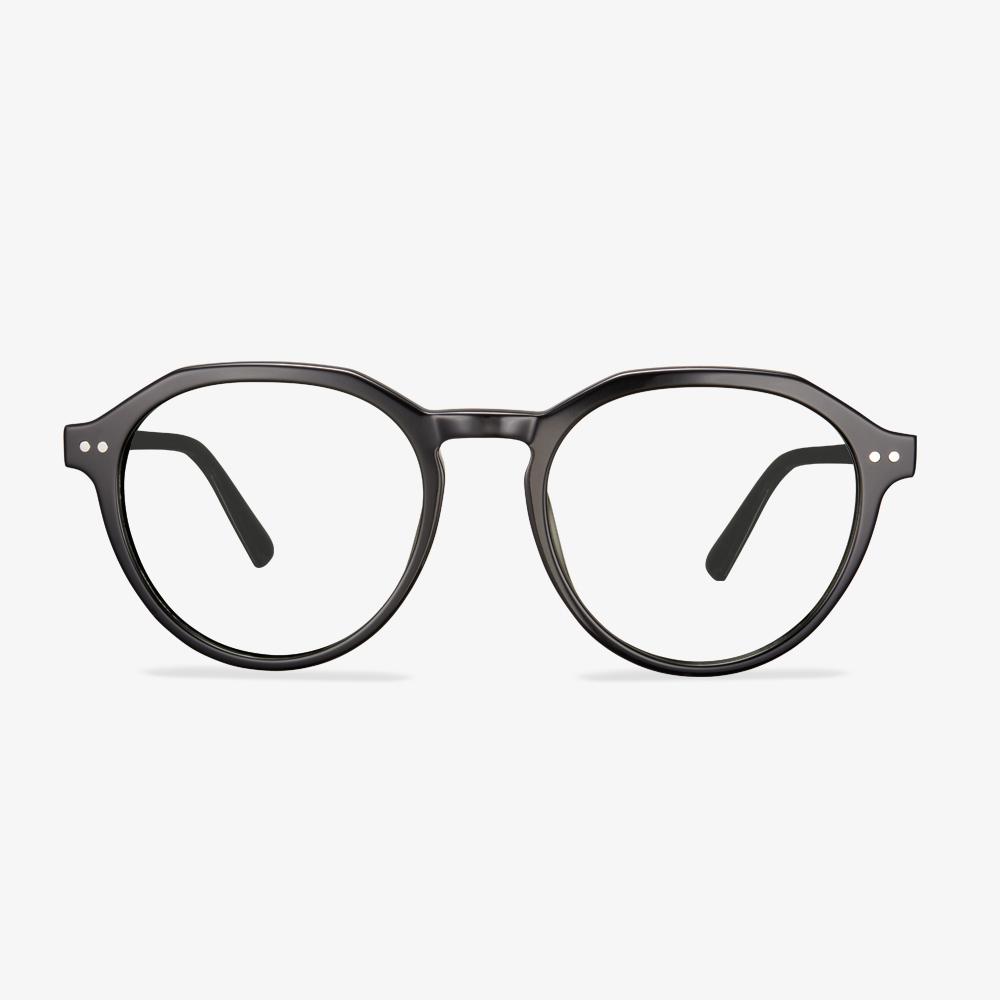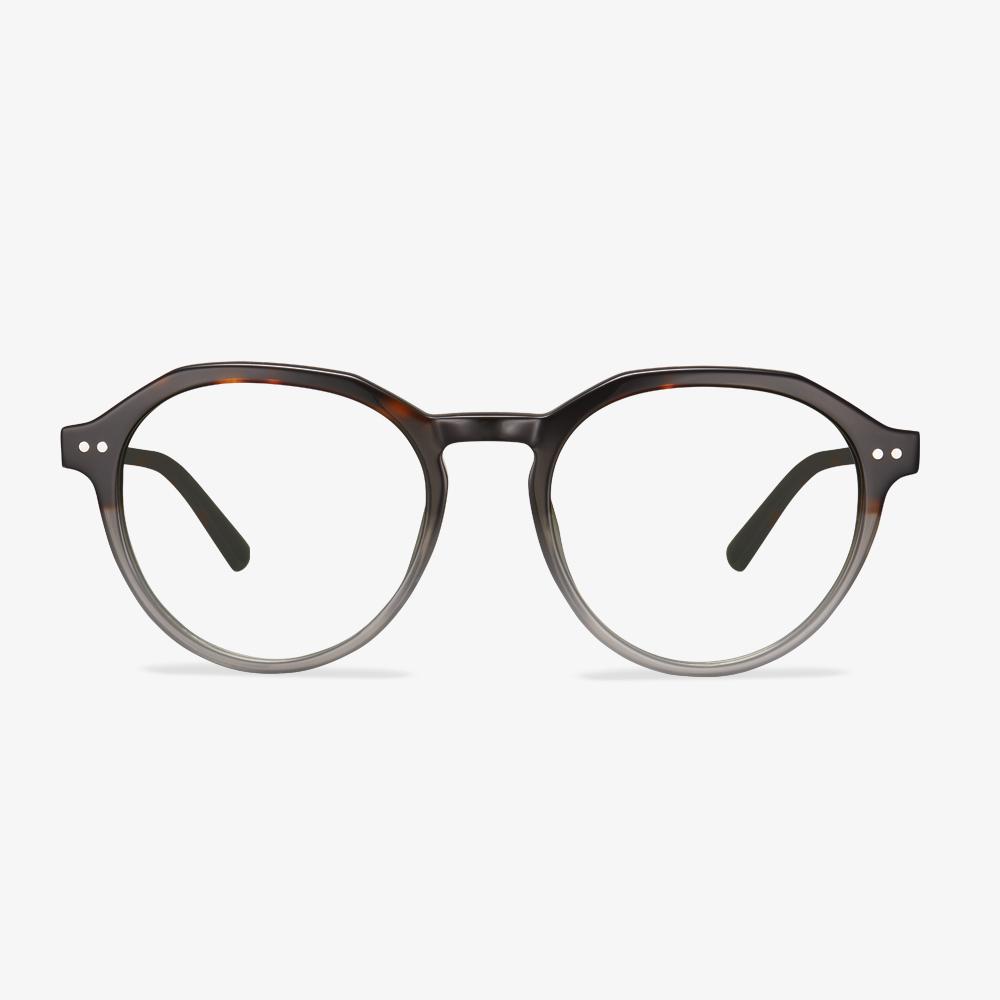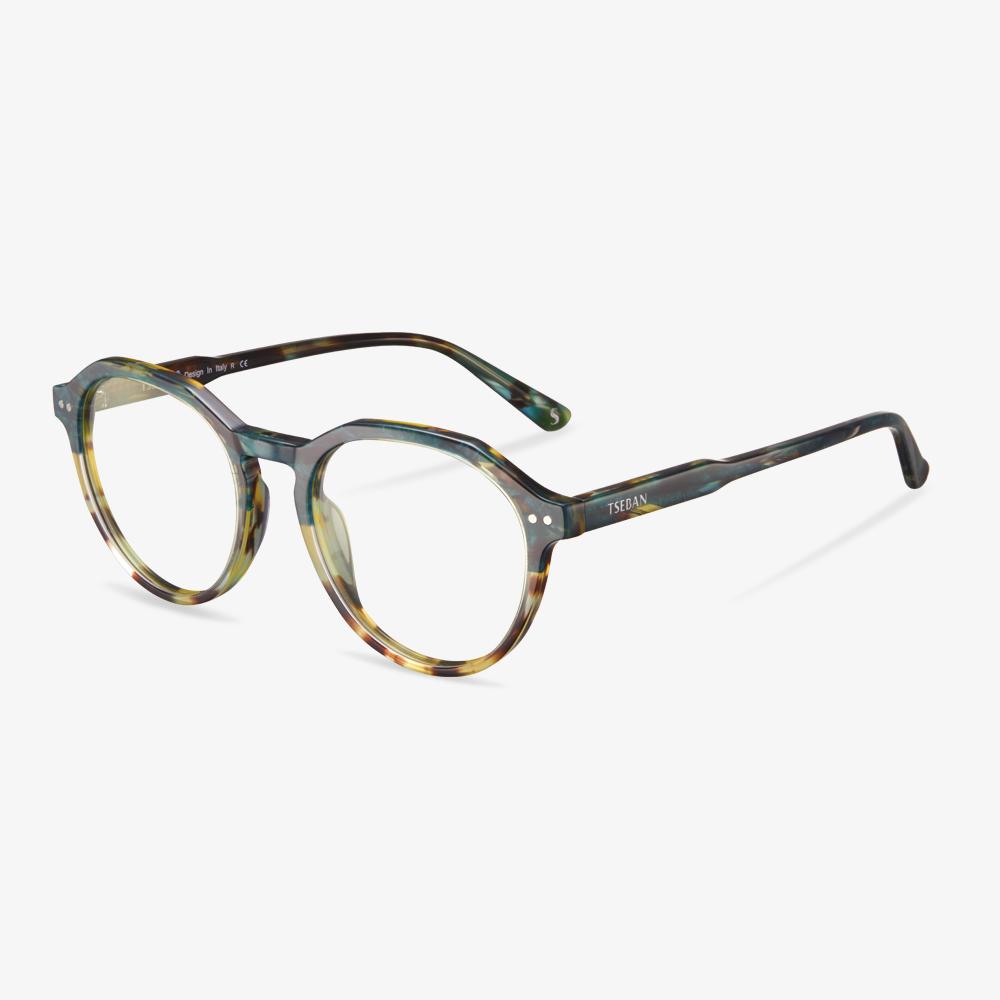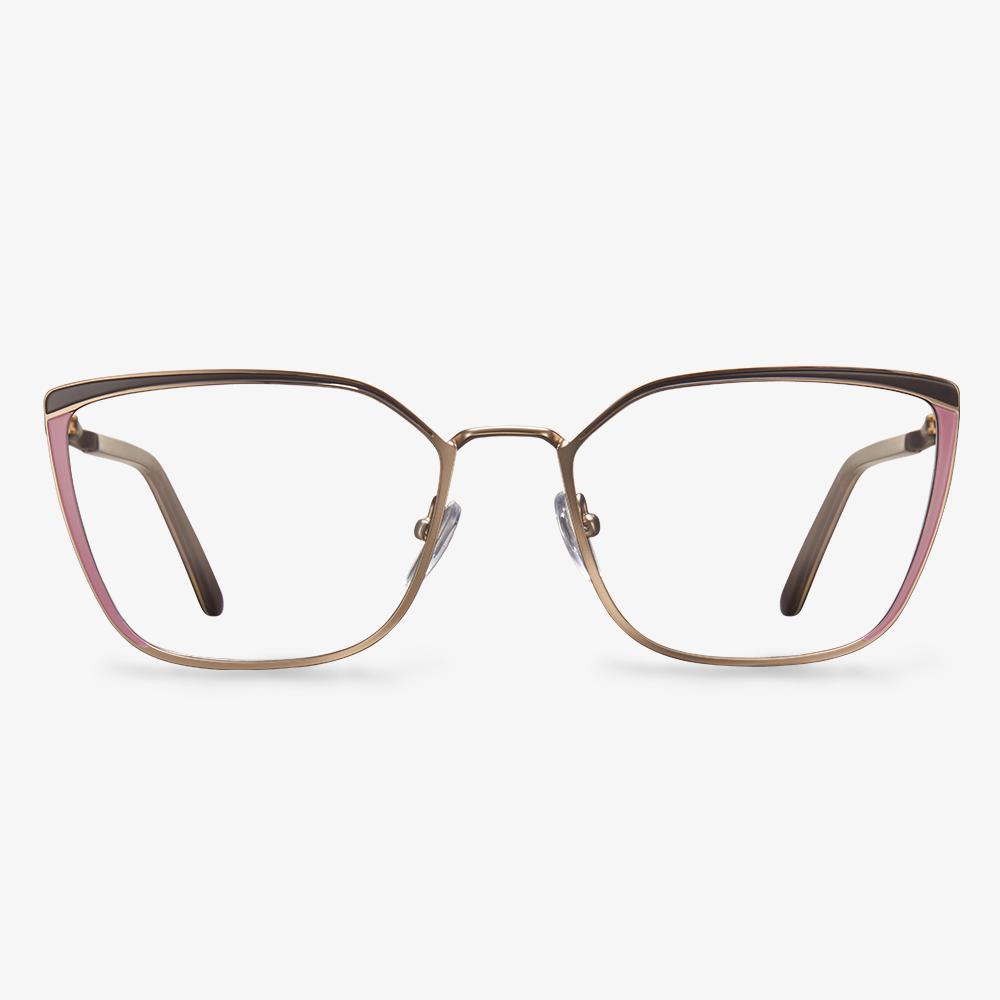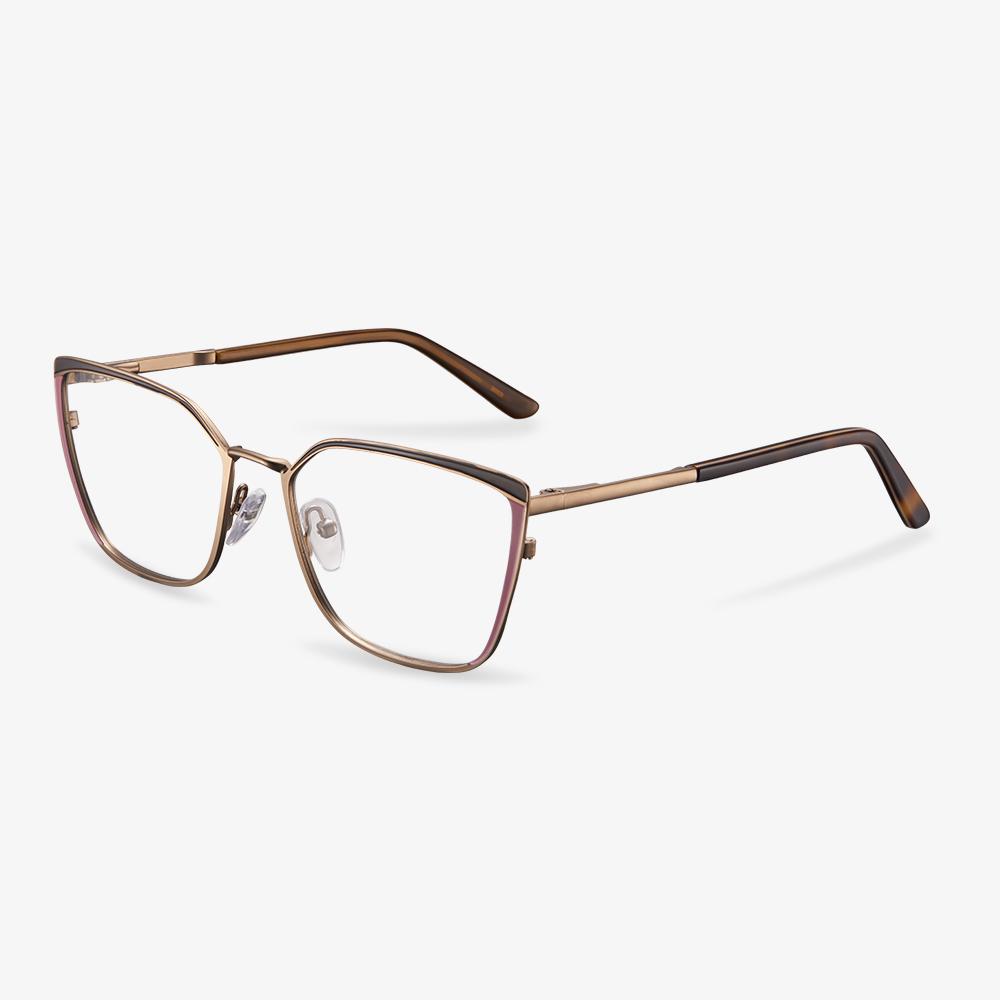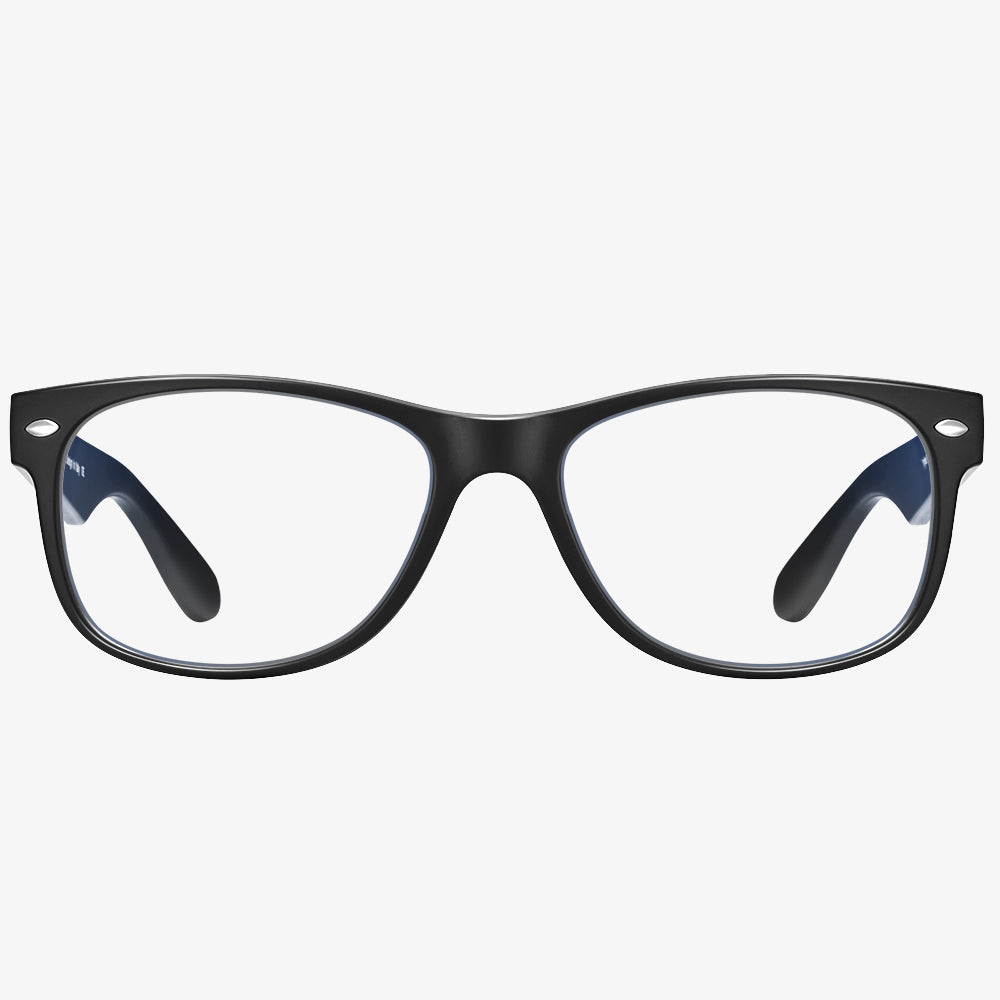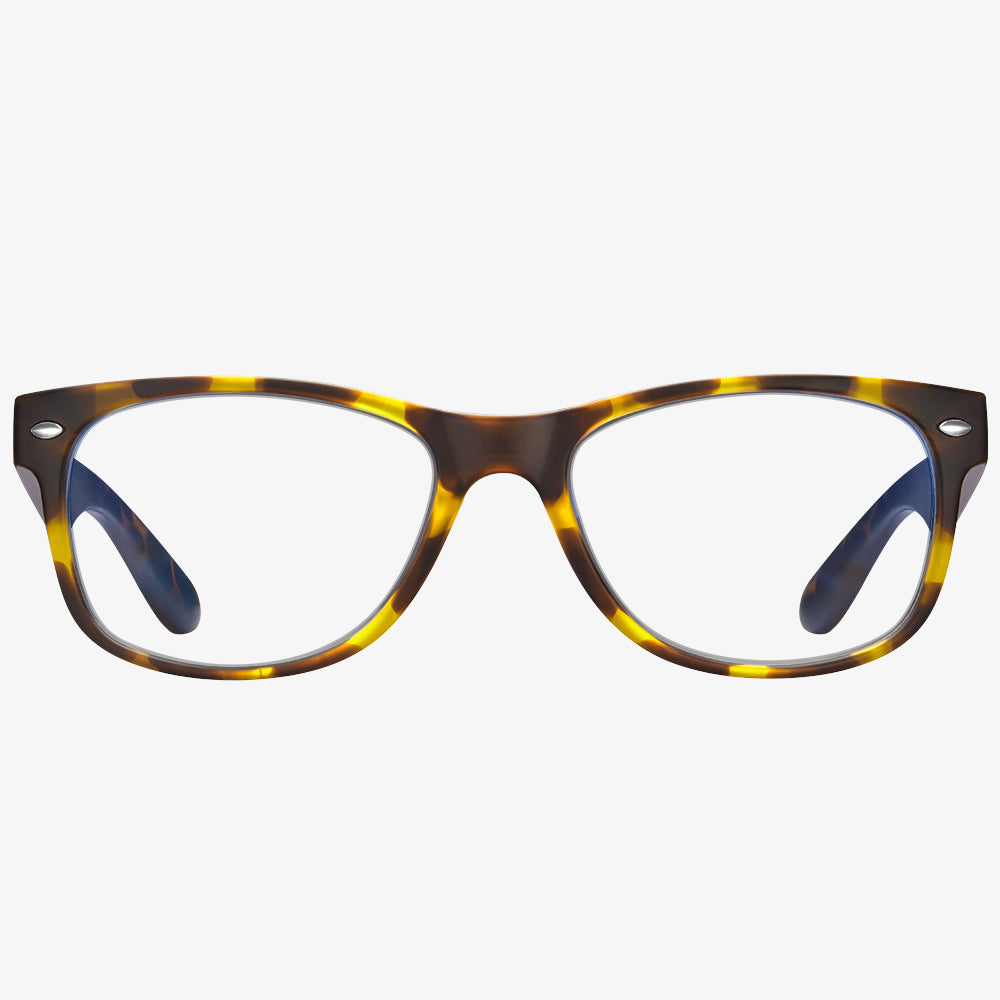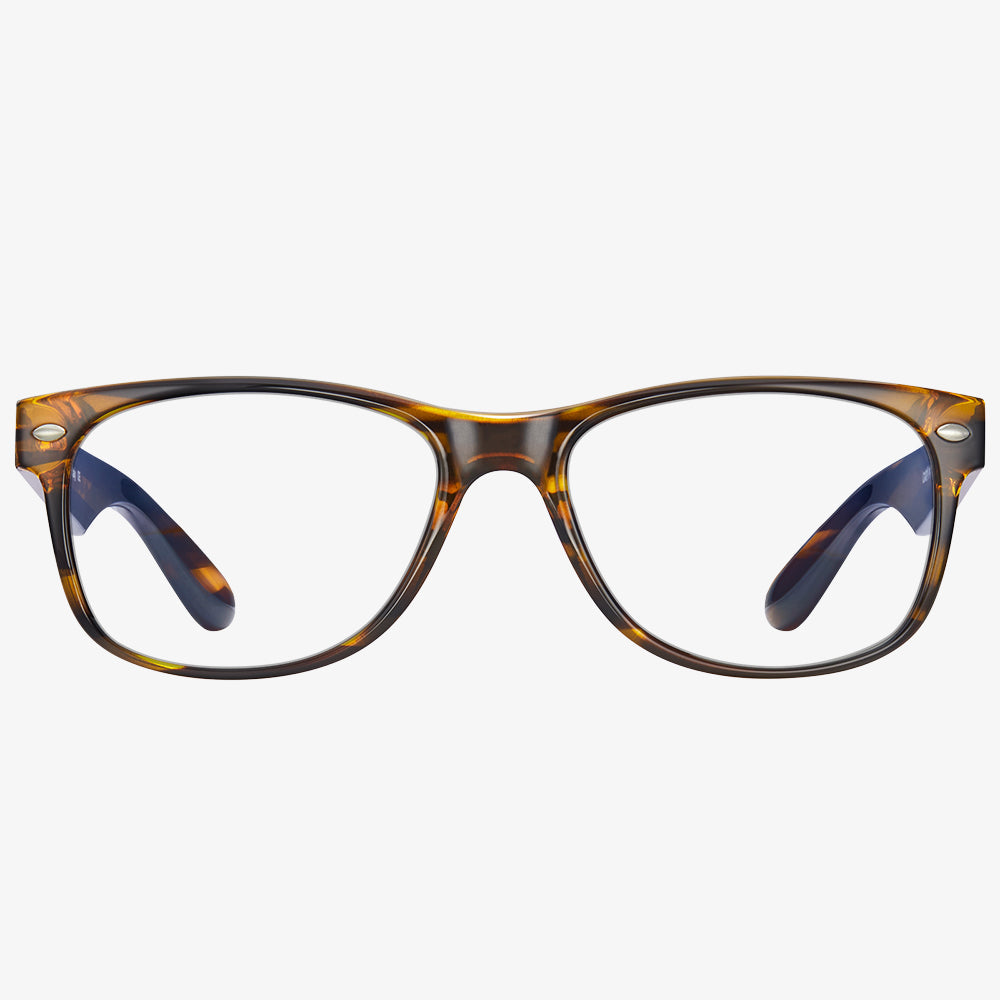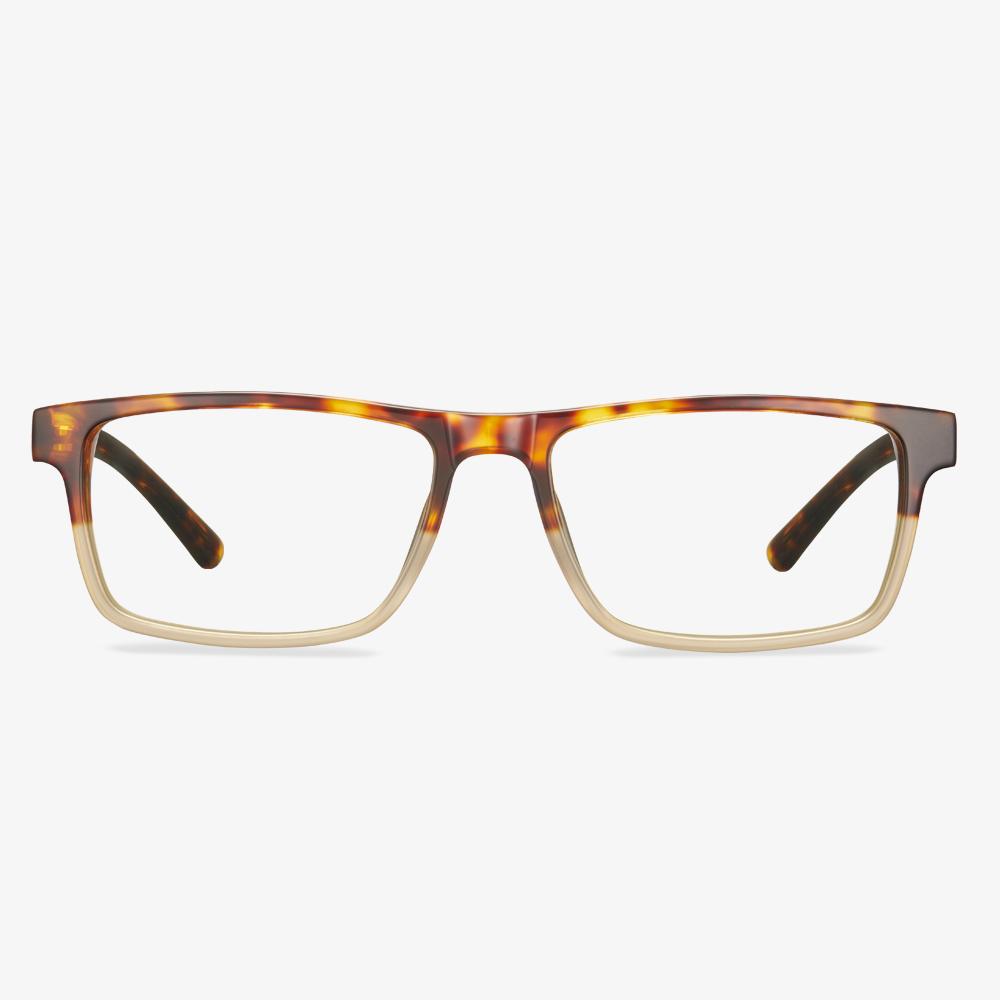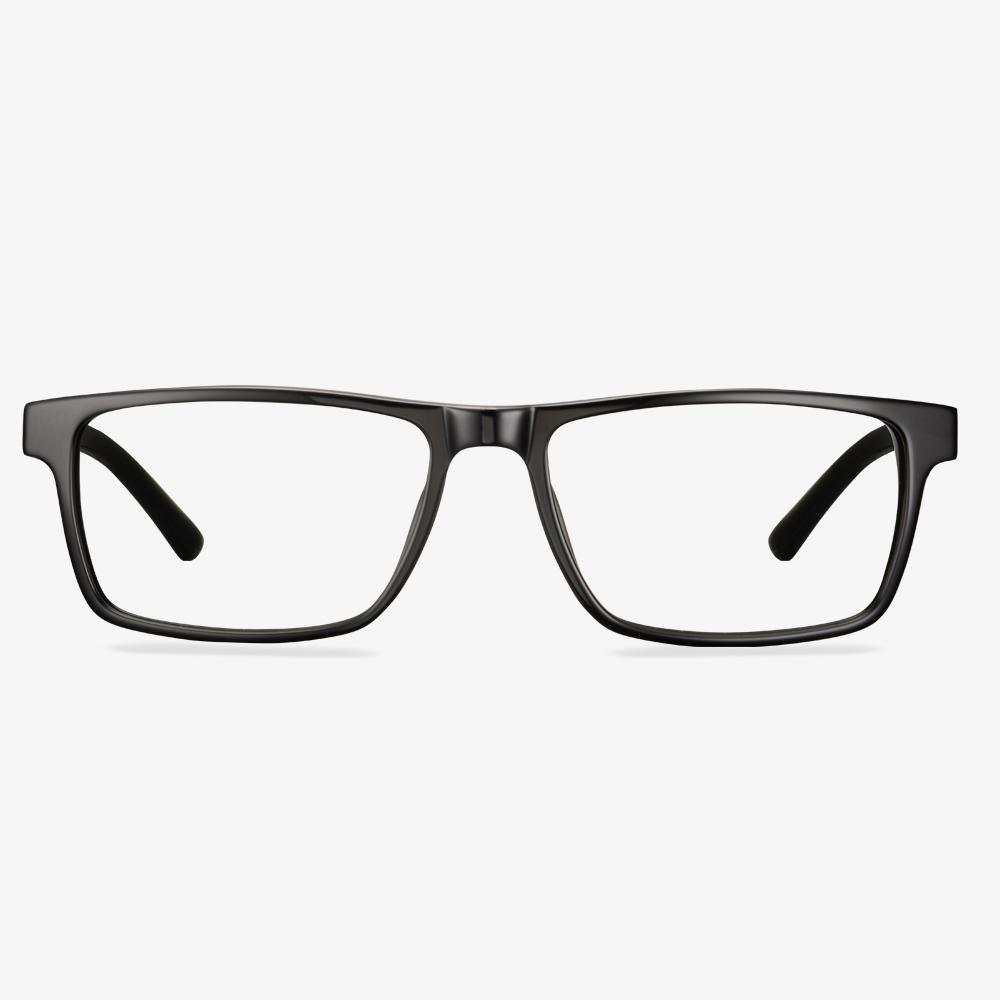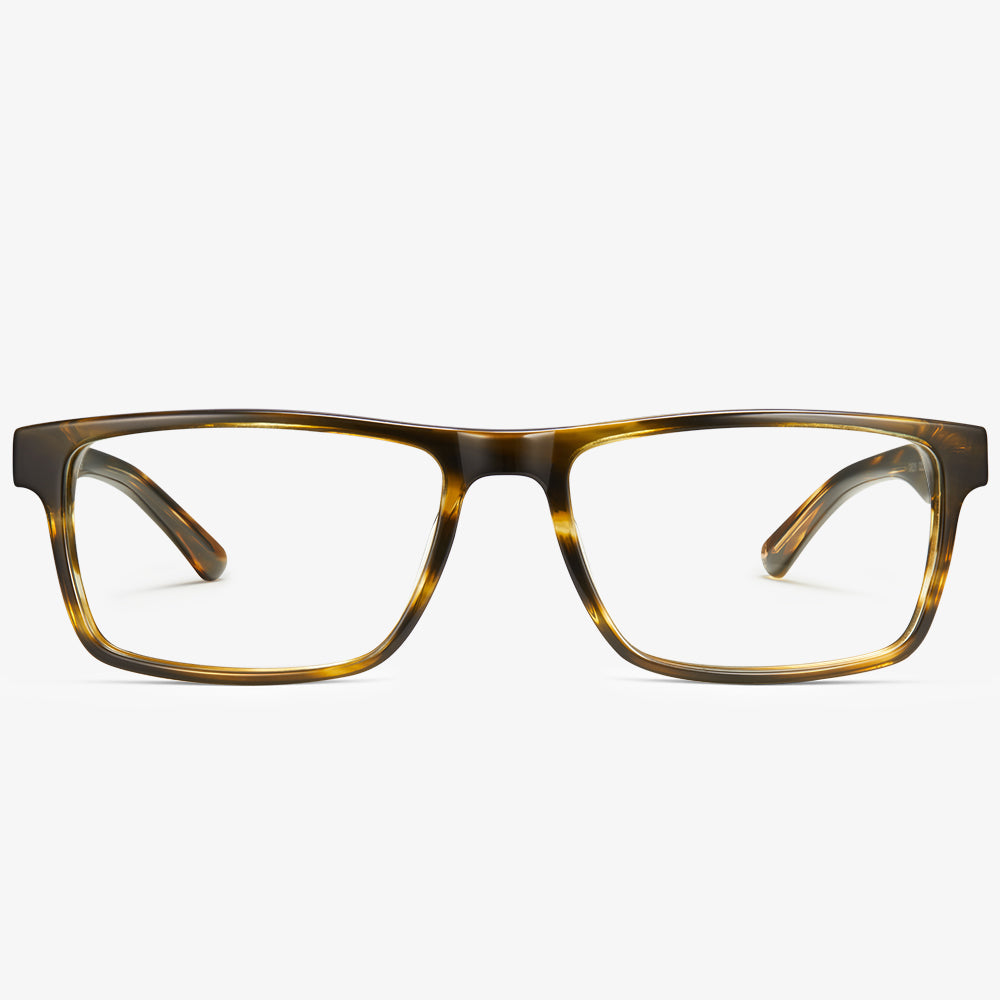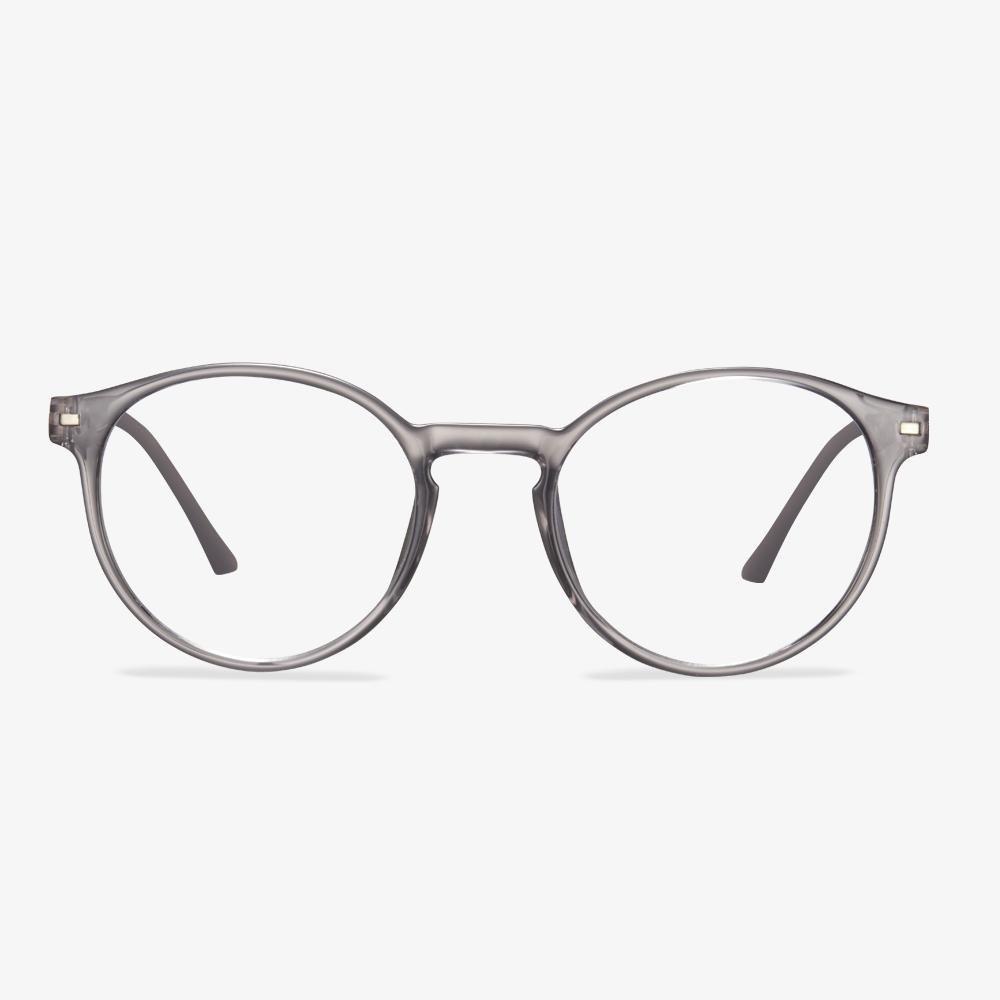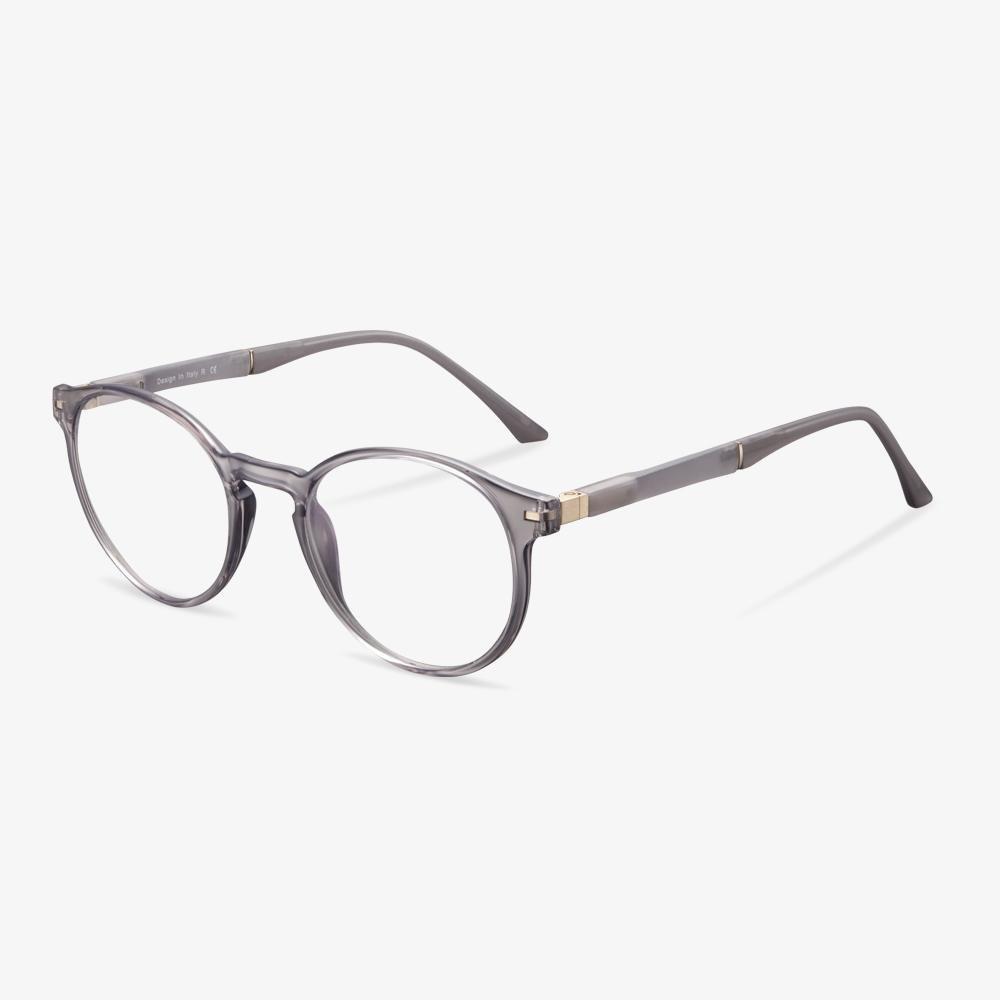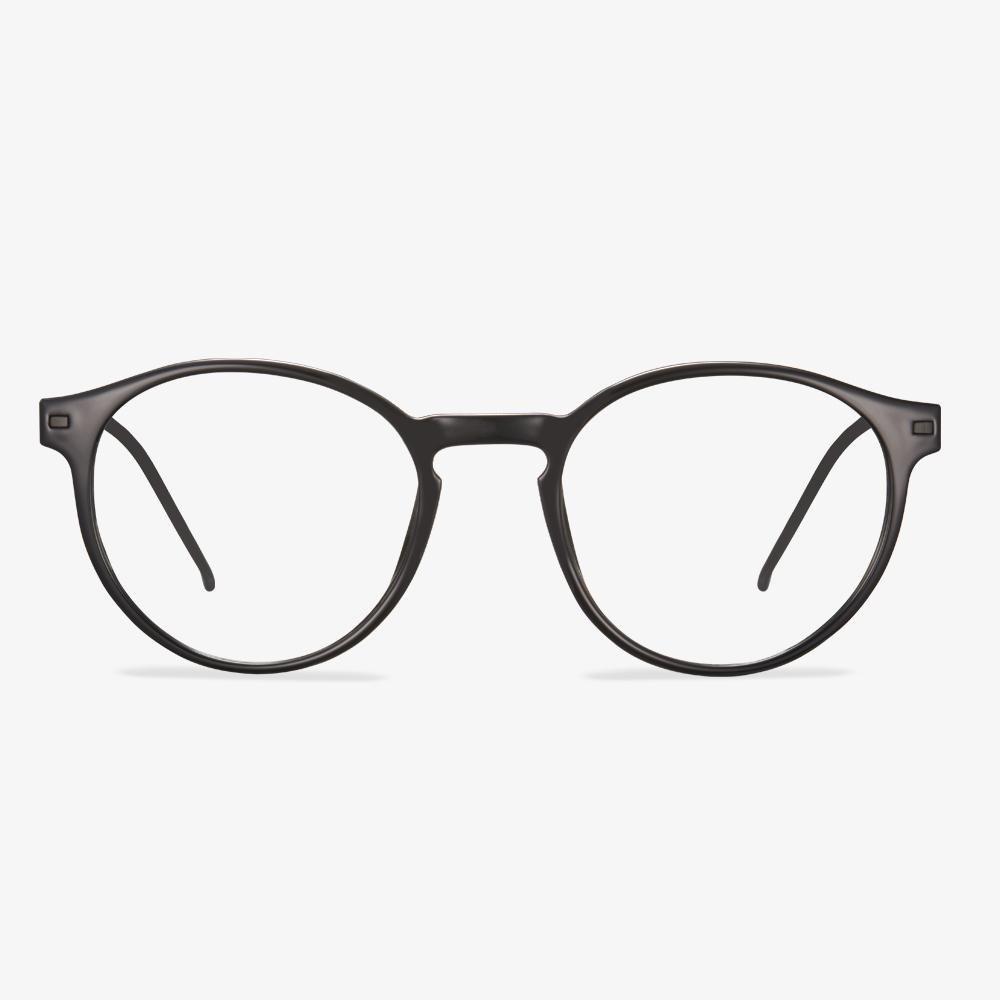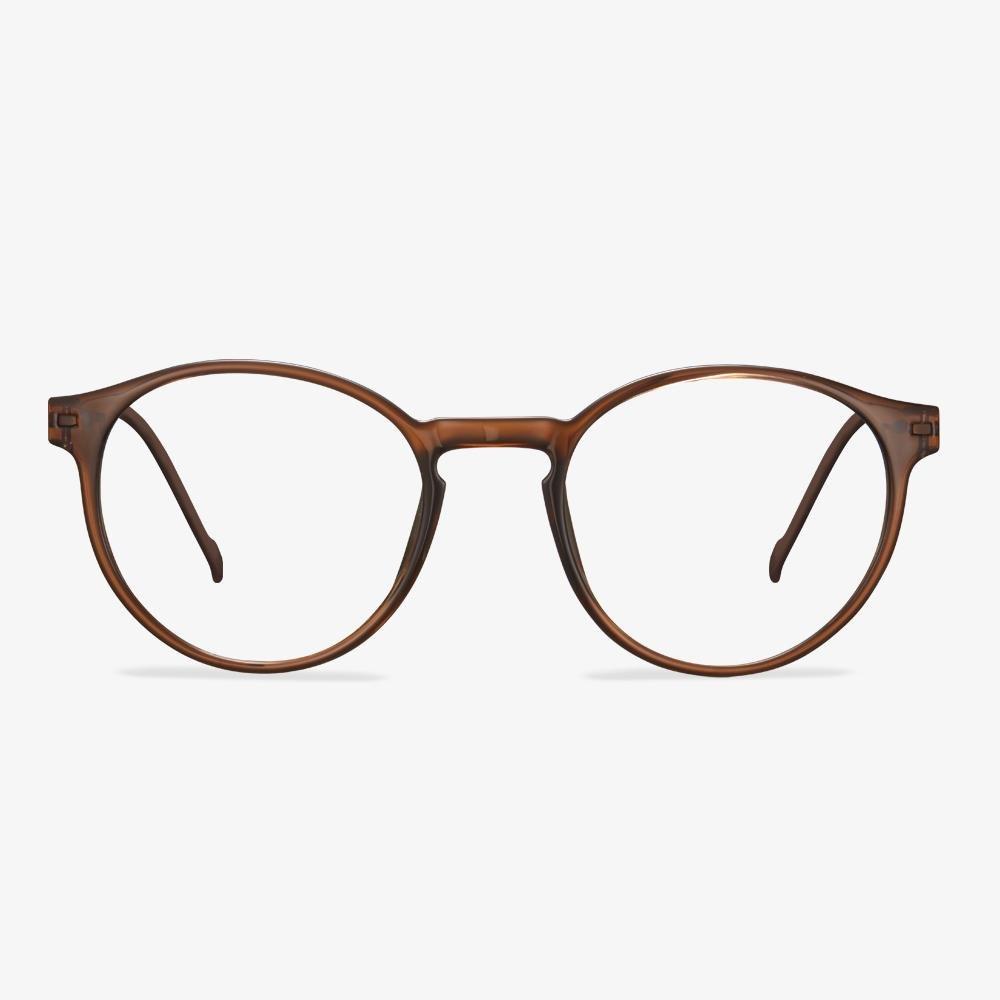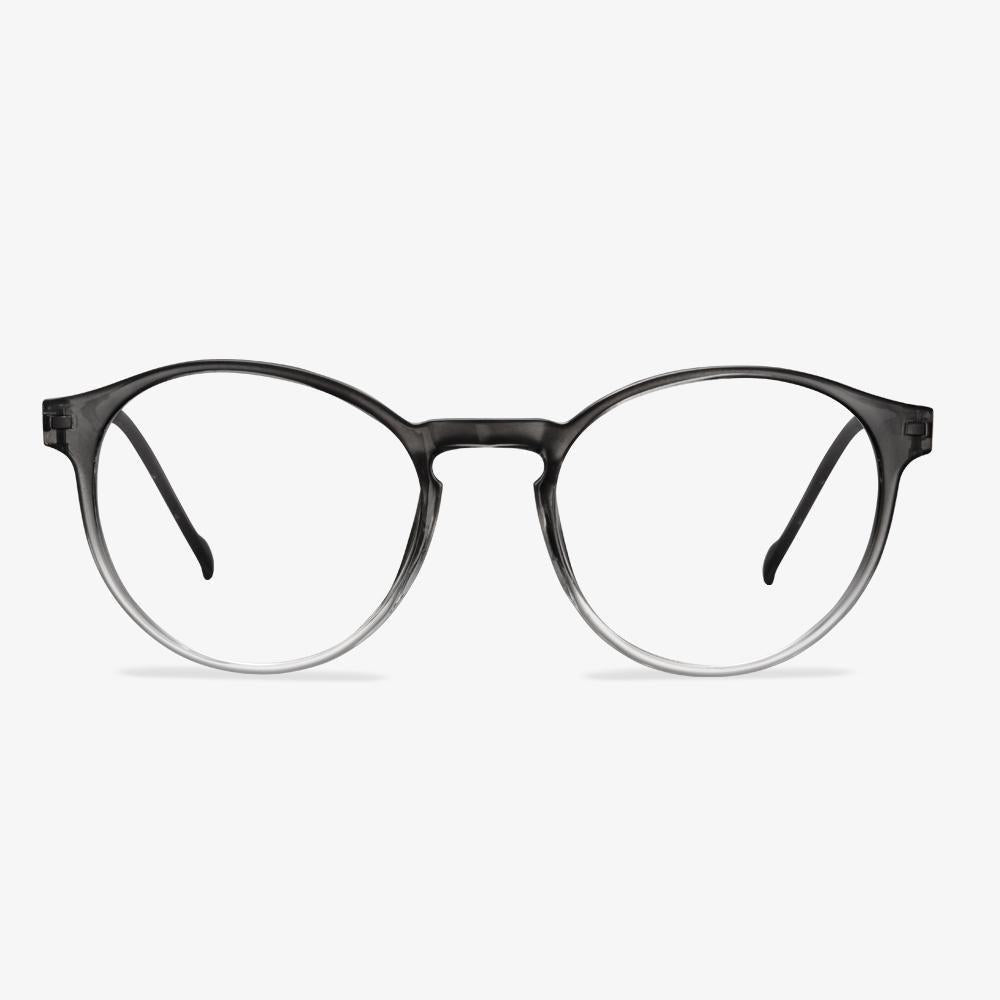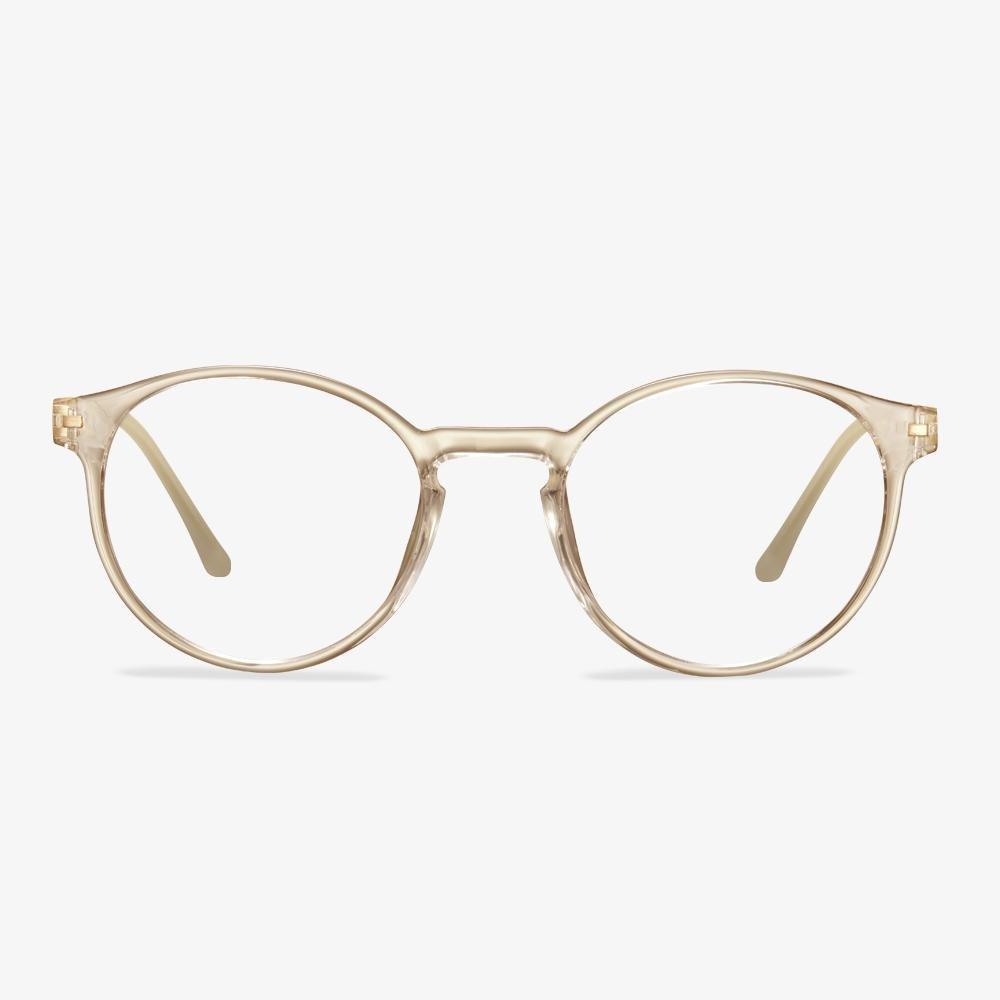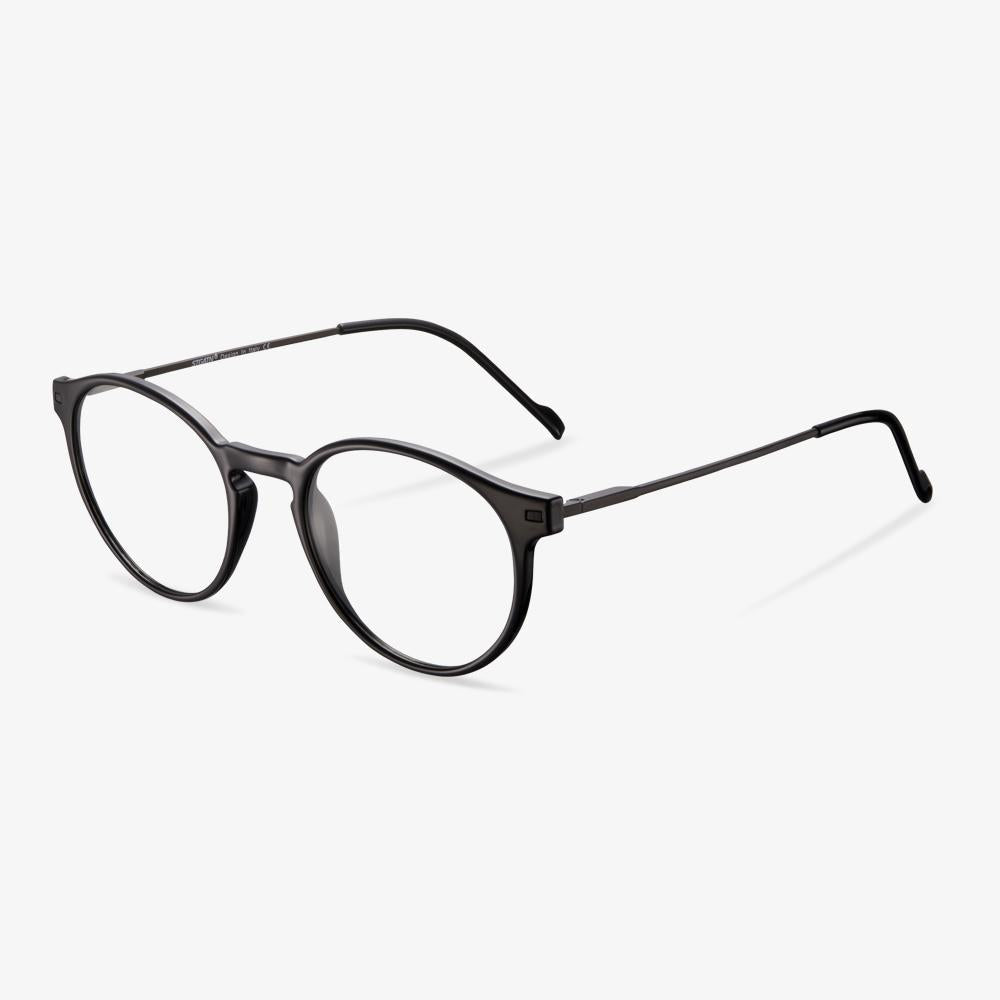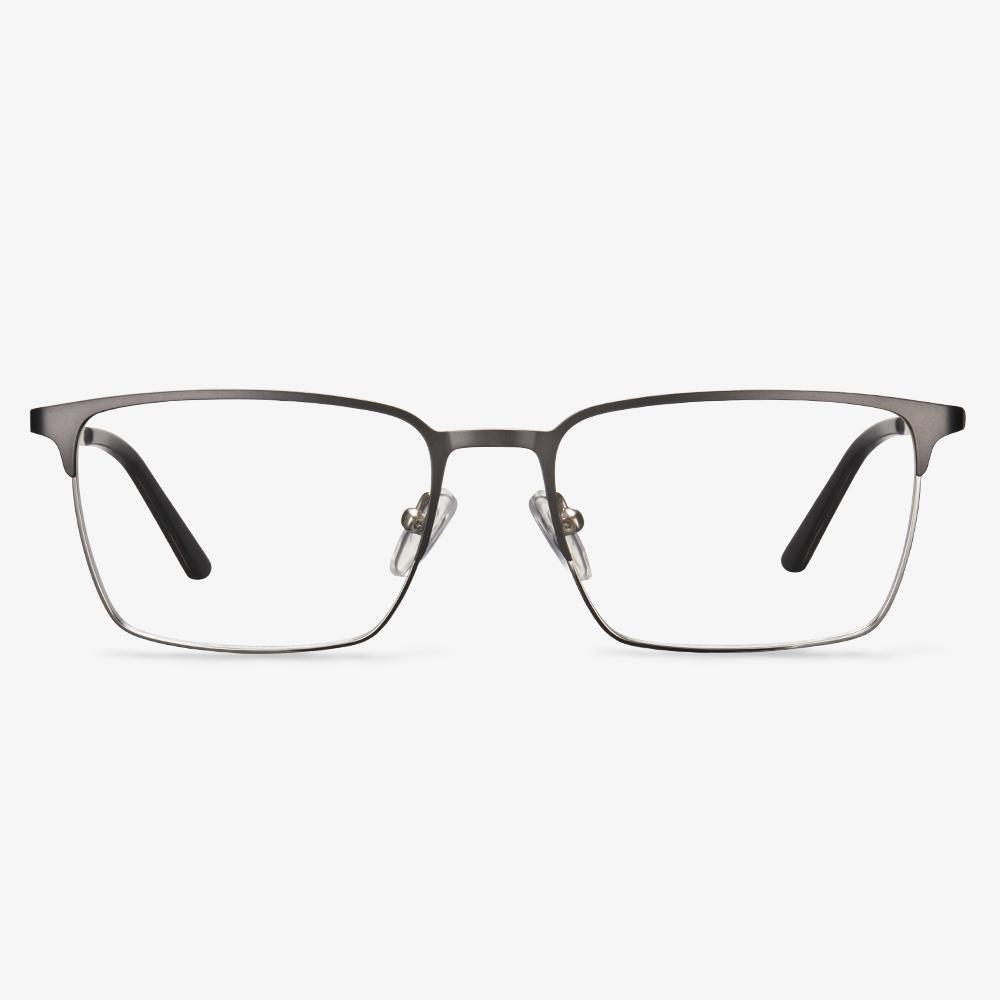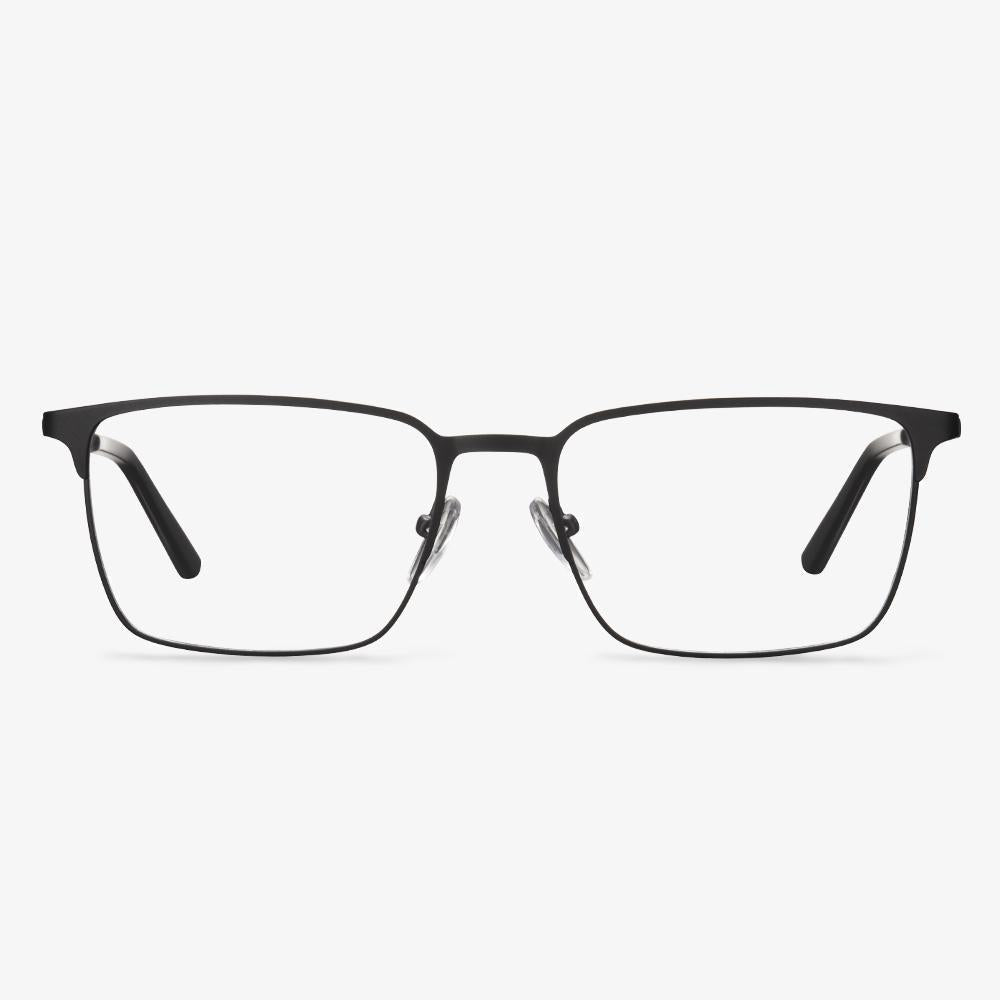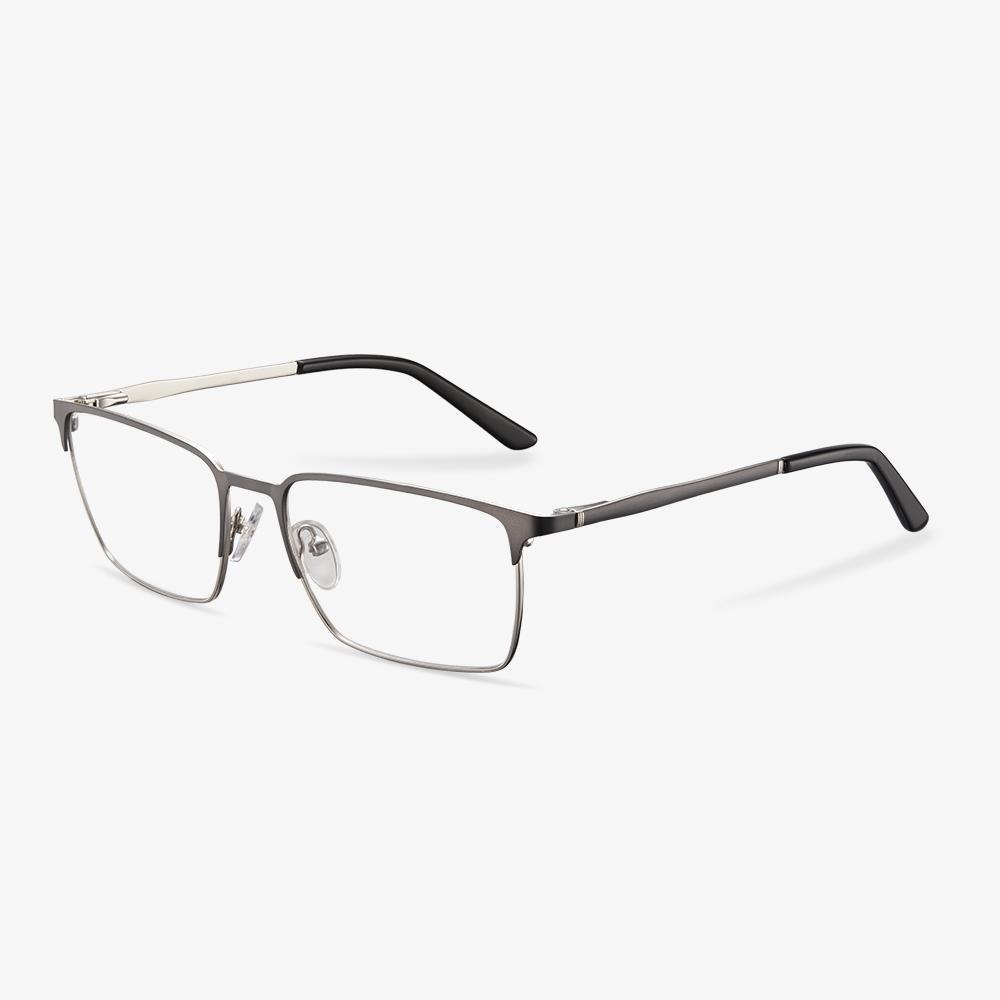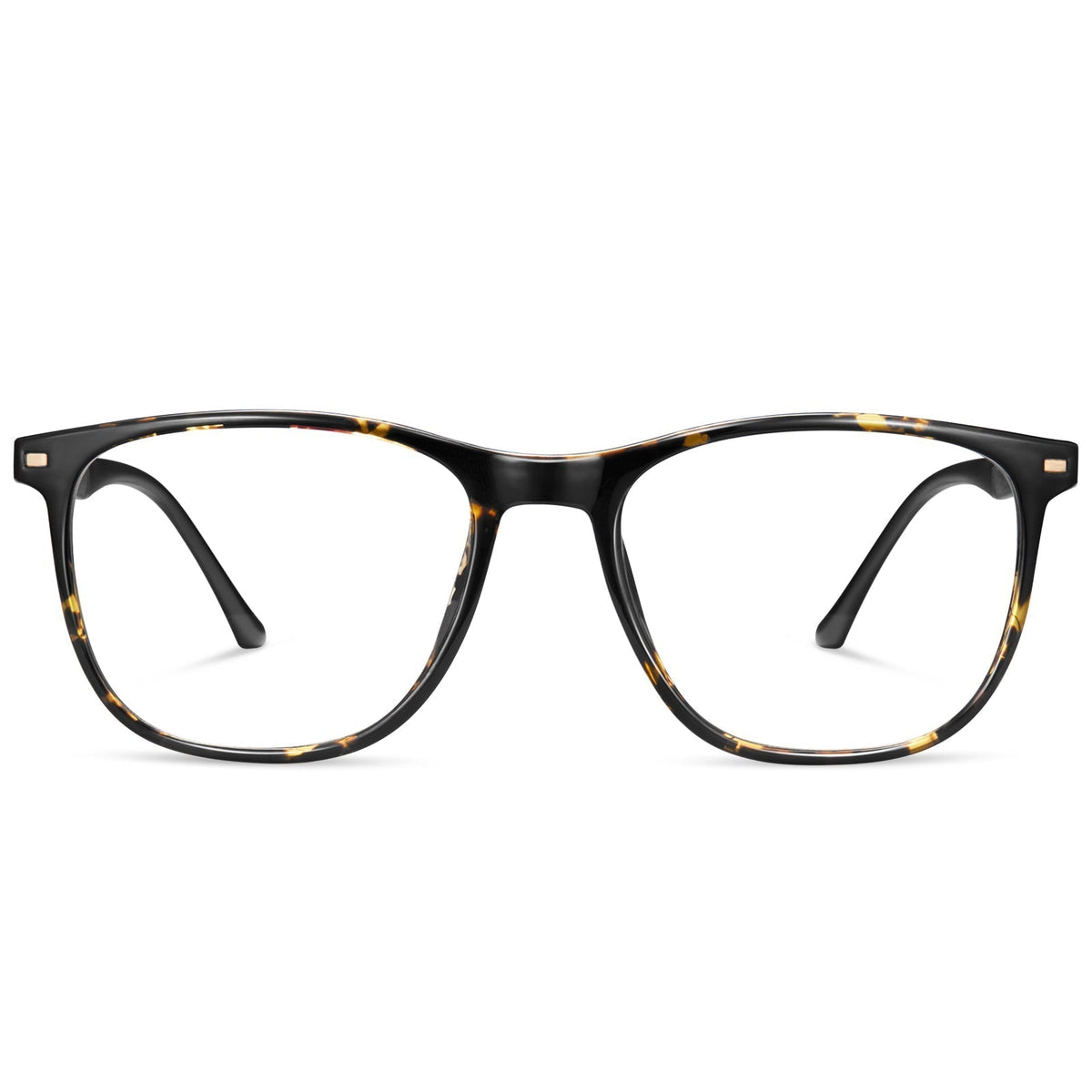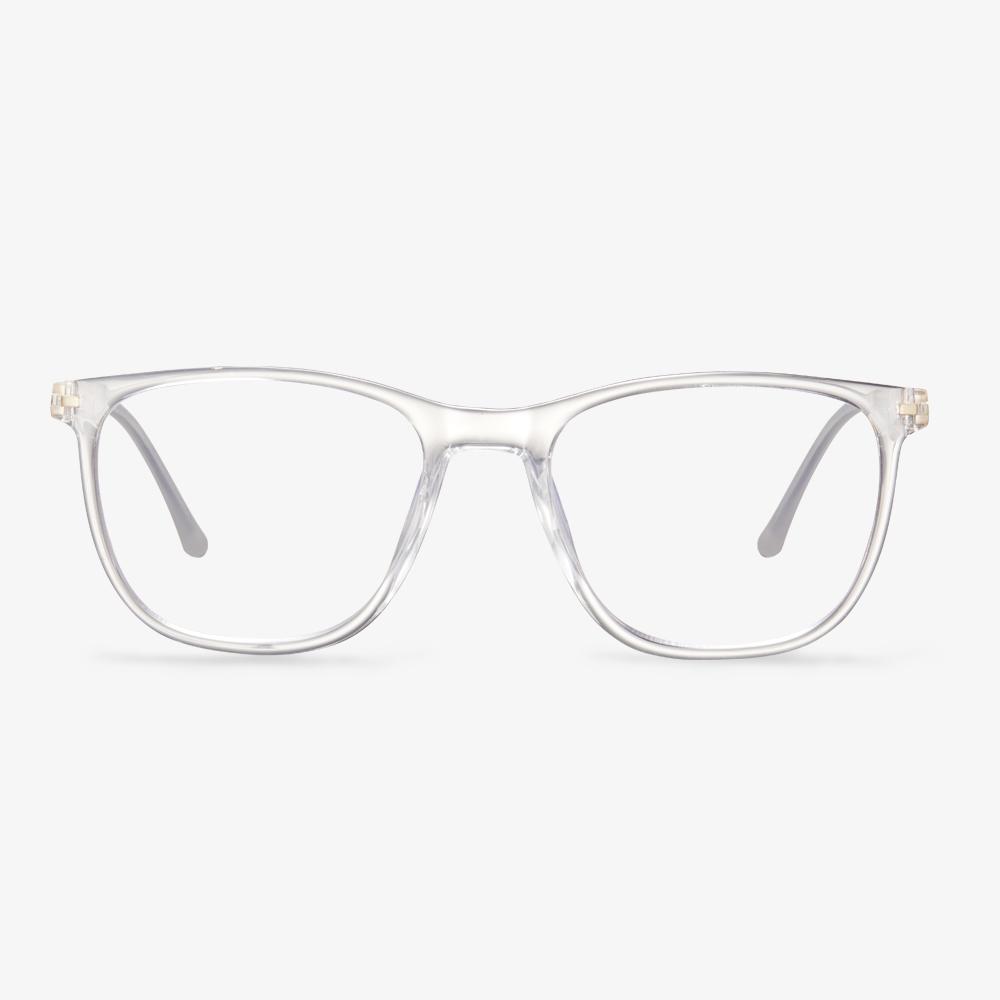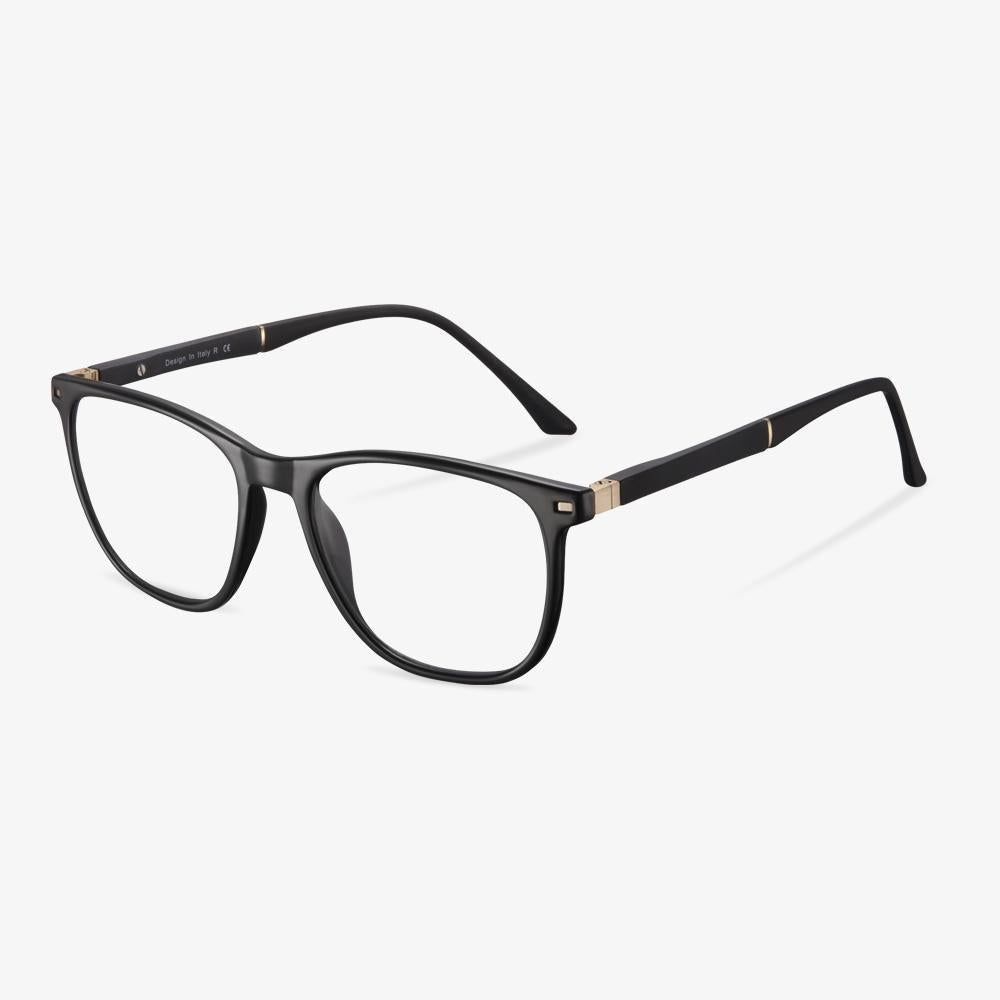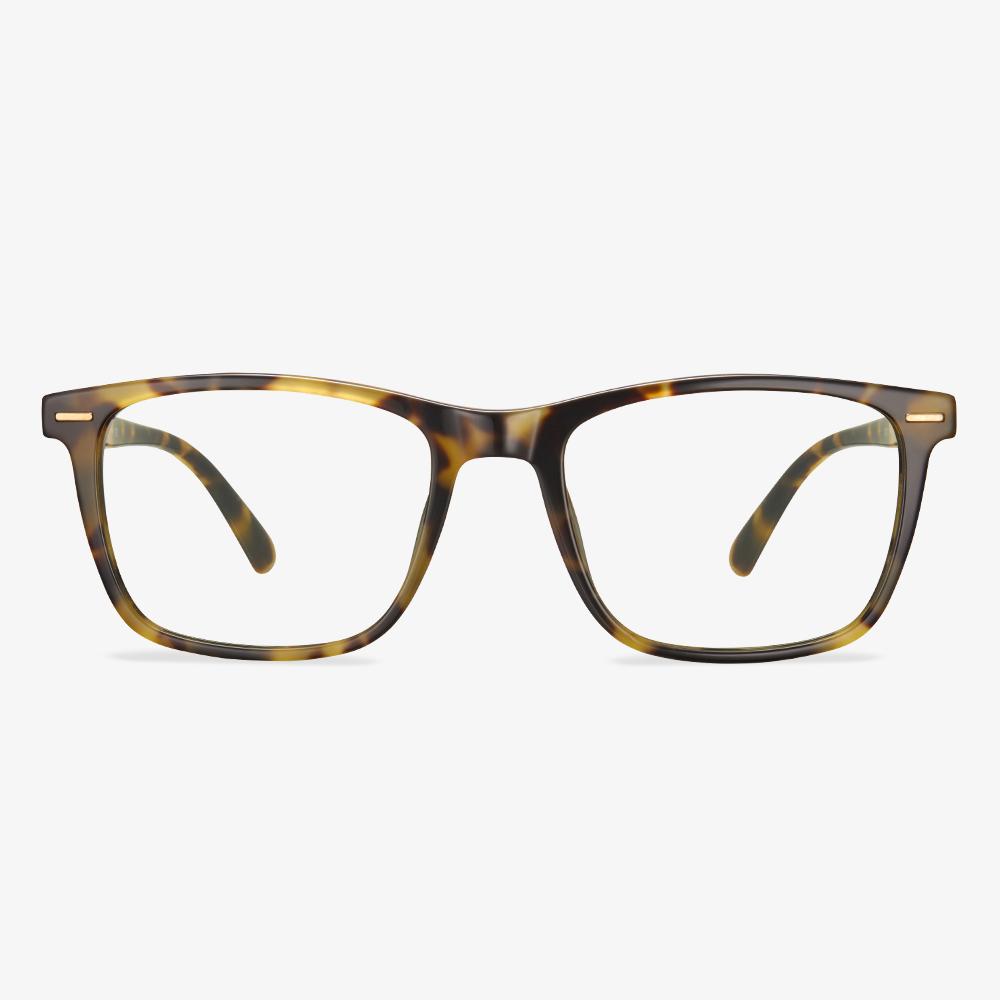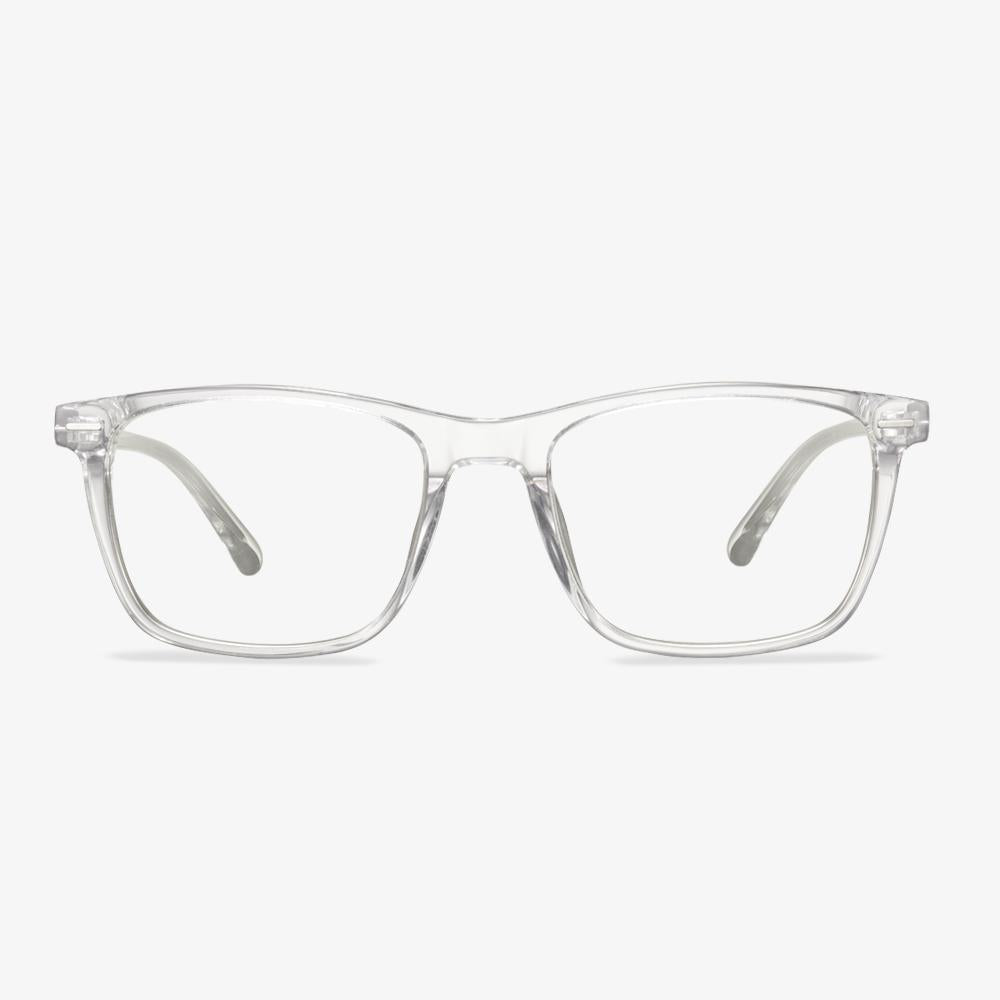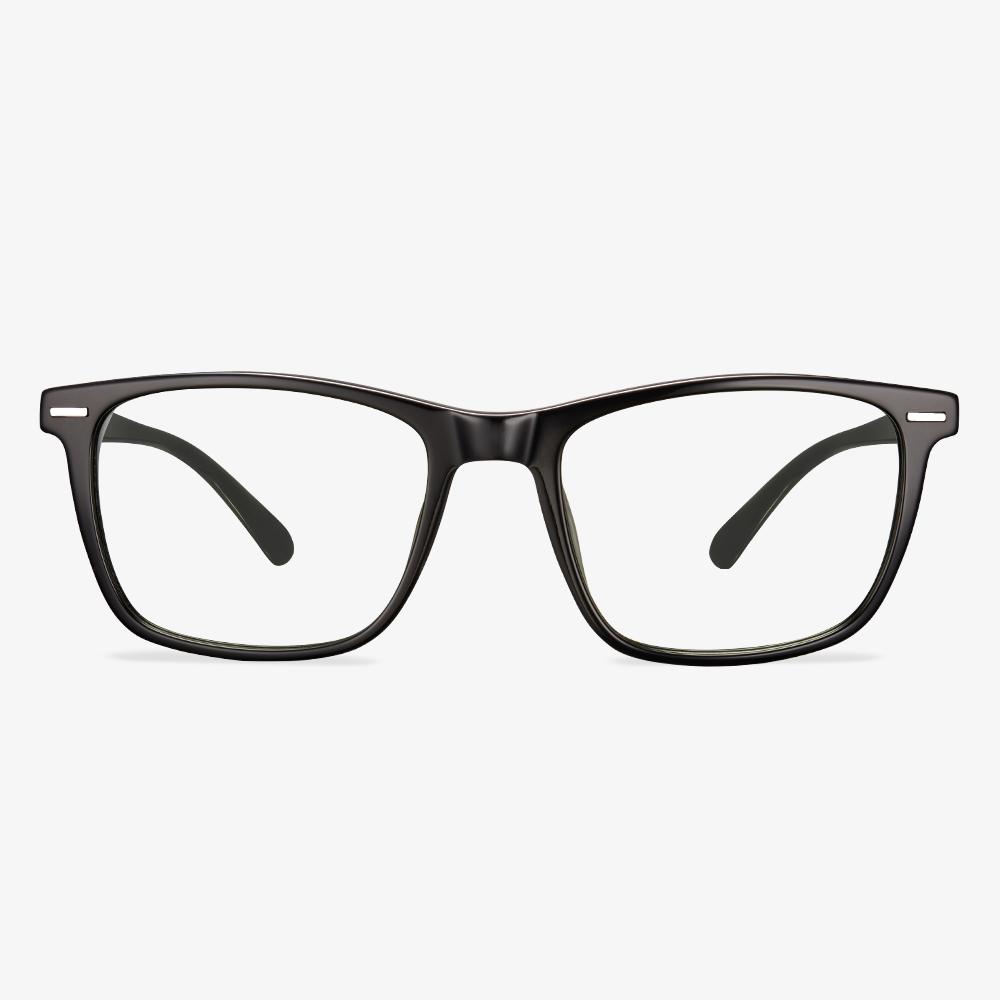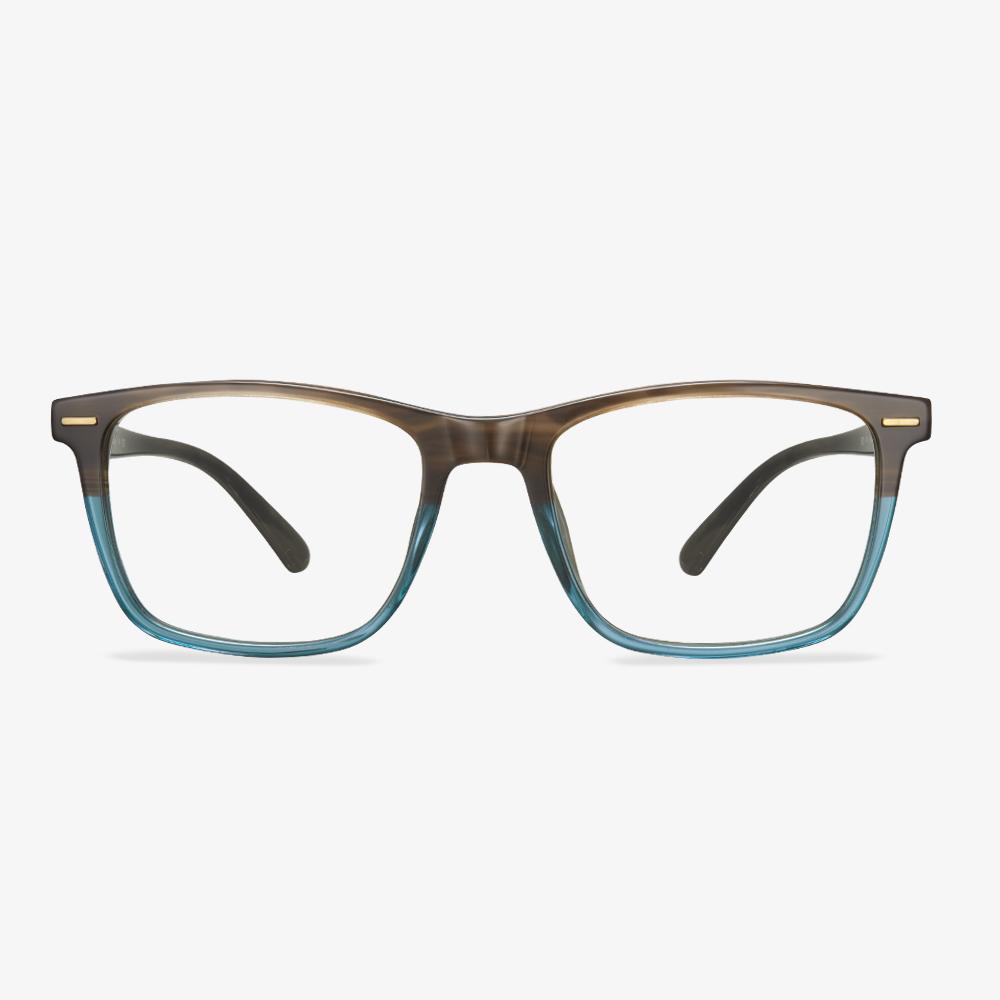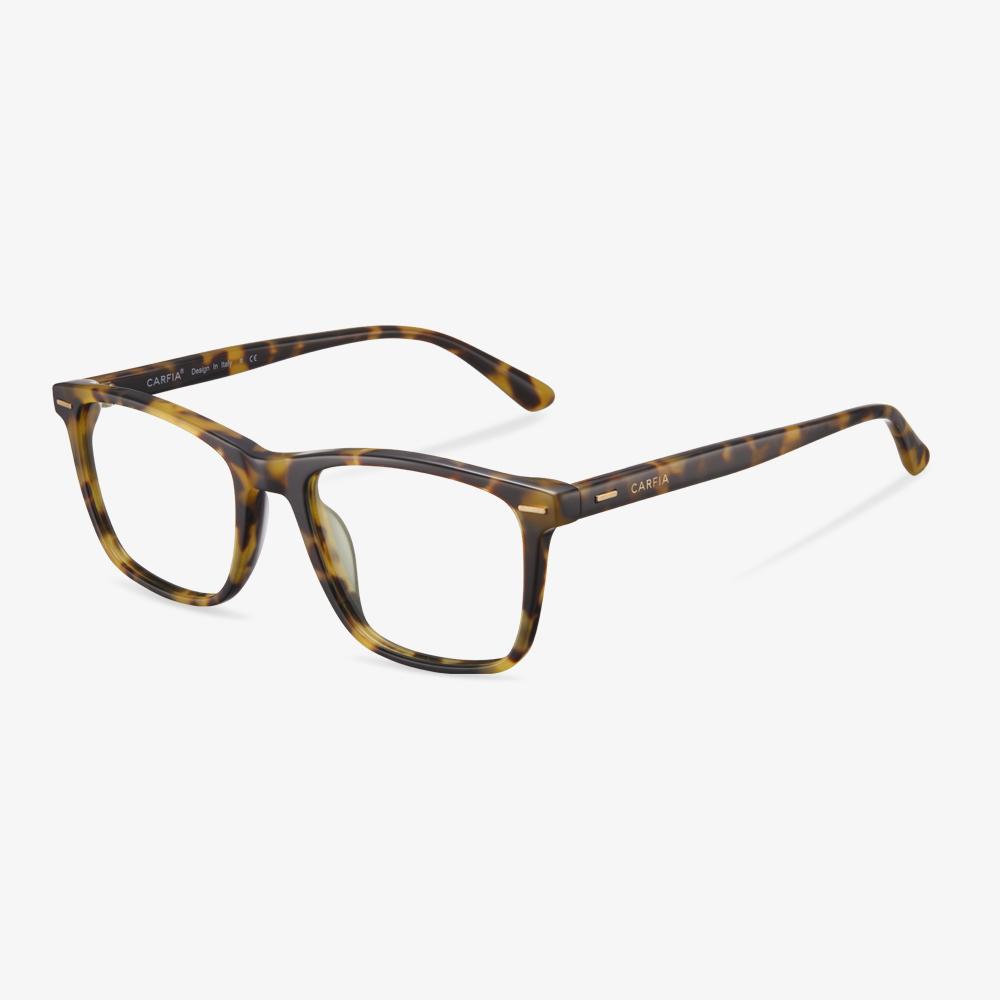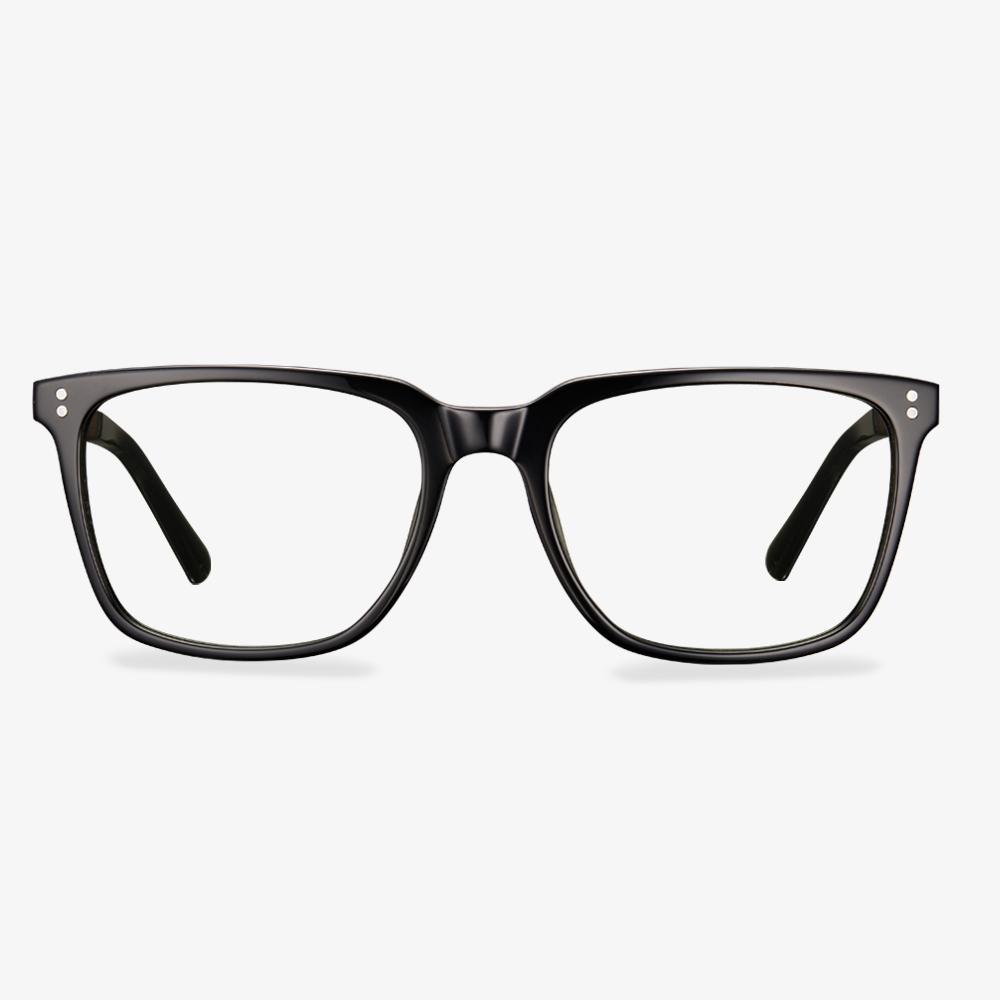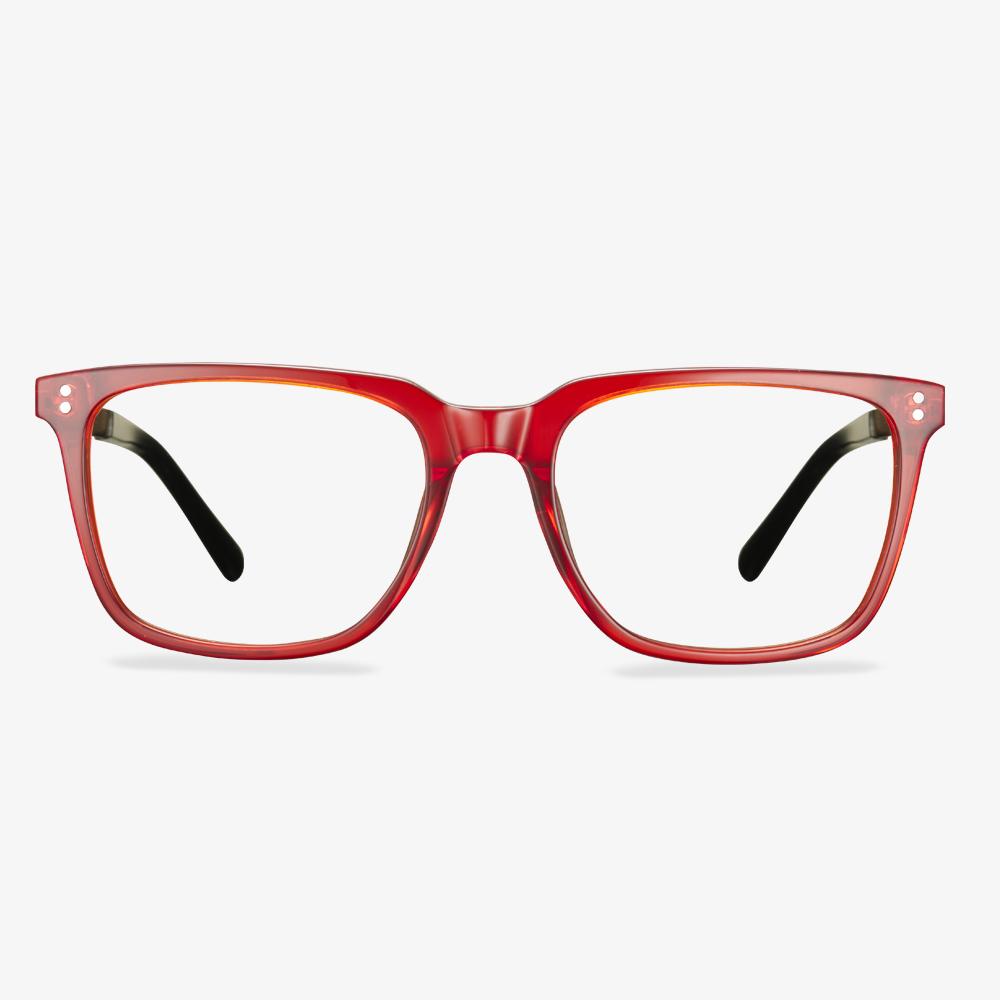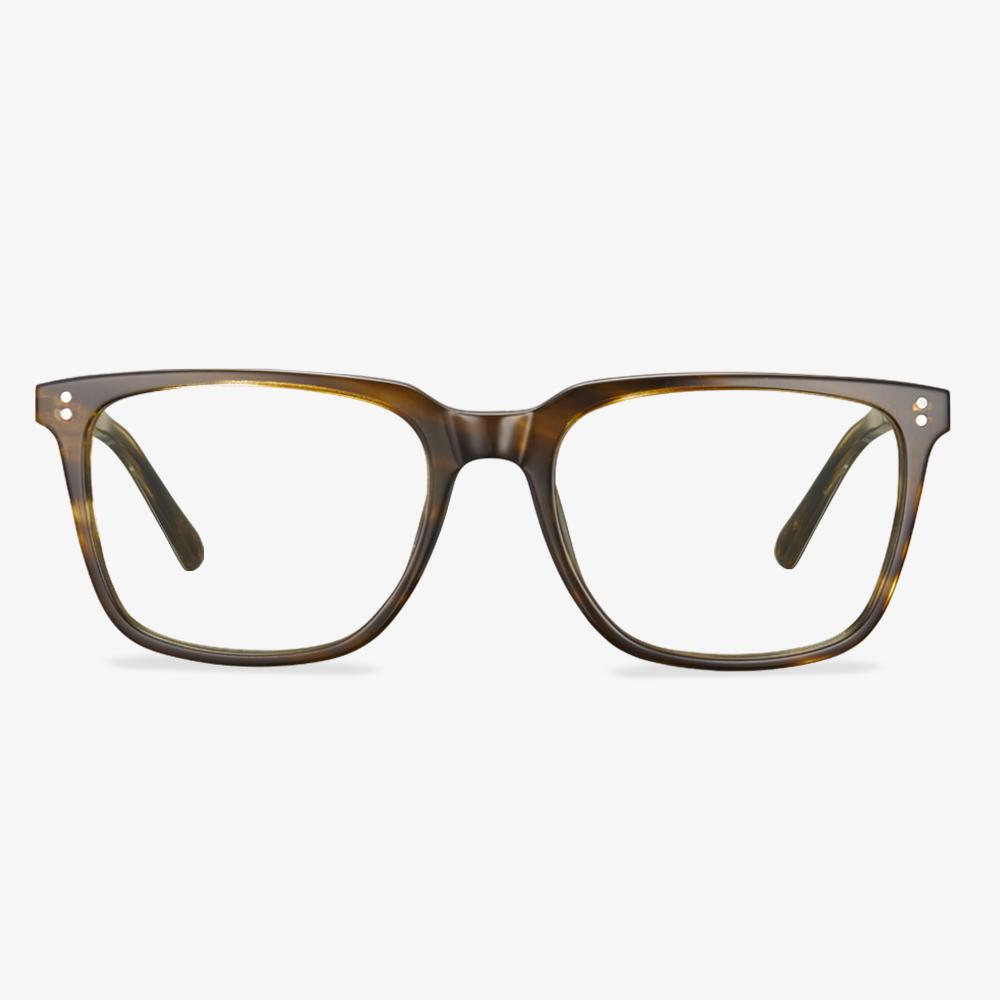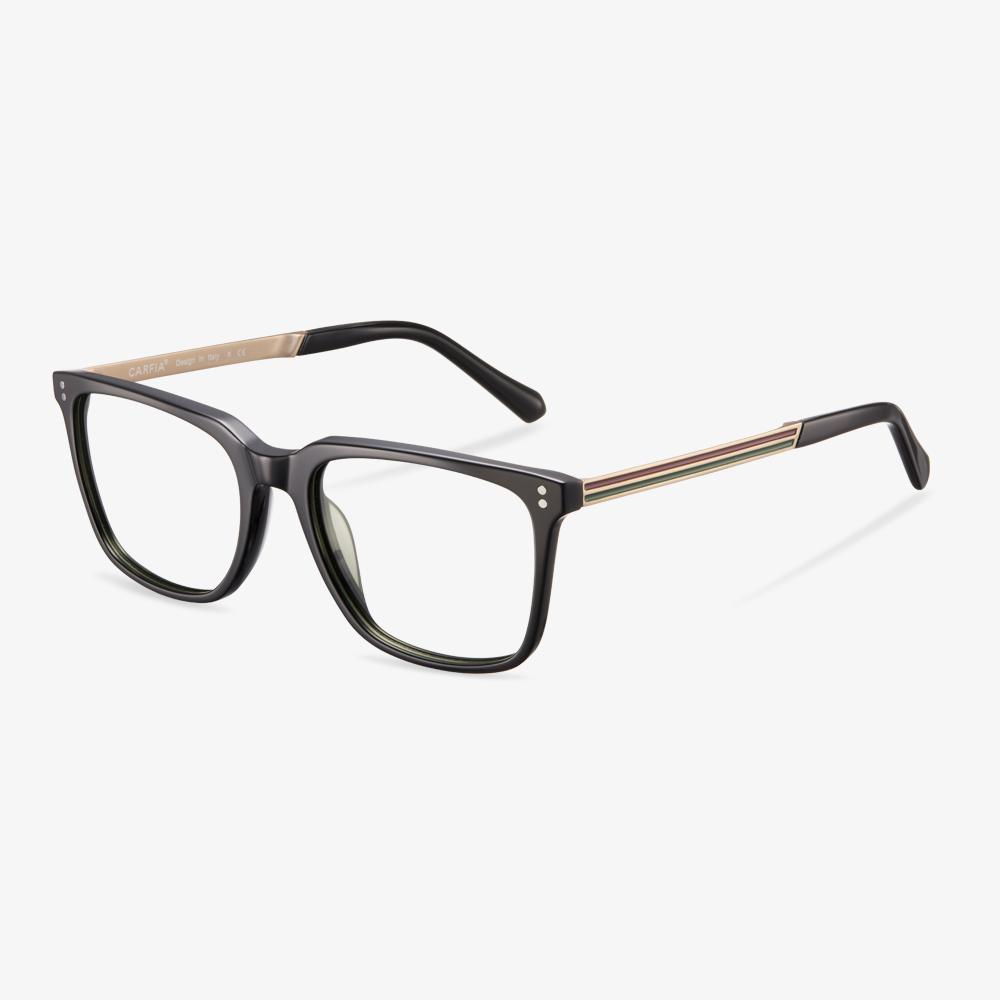When it comes to choosing the perfect pair of eyeglasses, there are several factors to consider. One crucial element that significantly affects your visual experience is the base curve. In this comprehensive guide, we'll delve into the intricacies of base curve and how it plays a pivotal role in your vision clarity and overall eyewear comfort.
What is Base Curve?
The base curve is the curvature of the front surface of a lens, which is measured in diopters (D). It determines how much the lens curves from its deepest point, affecting its fit against your eyes. Understanding base curve is crucial because it directly impacts how well the lenses correct your vision and how comfortable they feel when worn.
How Does Base Curve Influence Vision Clarity?
1. Proper Fit for Corrective Lenses:
The base curve is tailored to match the curvature of your eye. When the base curve aligns with your eye's shape, it ensures that the corrective power of the lens is accurately directed onto your retina. This precise alignment leads to sharper, clearer vision.
2. Minimizing Distortions:
Choosing the right base curve minimizes visual distortions. If the curve is too flat or too steep, it can cause unwanted visual aberrations, such as blurriness or image distortion. A well-fitted base curve helps in eliminating these issues.
3. Reducing Glare and Reflections:
A proper base curve also plays a role in reducing glare and reflections from the lens surface. This is especially crucial in high-glare environments, such as when driving at night or working on a computer.
Achieving Optimal Eyewear Comfort
1. Avoiding Pressure Points:
An ill-fitting base curve can lead to discomfort and pressure points on your nose and temples. When the base curve matches the curvature of your face, it distributes the pressure evenly, ensuring a snug yet comfortable fit.
2. Preventing Slippage:
The base curve also affects how well your glasses stay in place. A base curve that's too flat may cause the glasses to slide down your nose, while one that's too steep may exert excessive pressure, leading to constant readjustments. The right base curve maintains a secure and comfortable position.
3. Enhancing Peripheral Vision:
The base curve impacts the field of vision, particularly in peripheral areas. Choosing a base curve that complements your natural field of view ensures that you're not hindered by bulky or misfitting frames.
Customization for Varied Prescription Needs
Different prescriptions require specific base curves to achieve optimal visual correction. For instance, higher prescriptions may benefit from flatter base curves, while lower prescriptions might require steeper curves. Consulting with an experienced optician can help identify the ideal base curve for your unique vision needs.
Considerations for Fashion Eyewear
Base curve isn't just about functionality; it also affects the aesthetics of your eyewear. Frames with a lower base curve tend to have a more wrapped appearance, providing a sportier look. On the other hand, higher base curves result in a flatter lens profile, which can lend a sleek and sophisticated style.
Conclusion: Making the Right Choice
Understanding the significance of base curve empowers you to make informed decisions when selecting your eyewear. It's not just about visual correction, but also about ensuring comfort and style. Remember, a well-fitted base curve is the cornerstone of clear, comfortable vision.
Whether you're looking for prescription glasses or fashion-forward frames, always consult with a knowledgeable optician to determine the optimal base curve for your individual needs. Invest in eyewear that not only enhances your vision but also complements your unique style.
Incorporating the right base curve into your eyewear selection is a small adjustment that can make a world of difference in your visual experience. Choose wisely, and see the world with newfound clarity and comfort.






